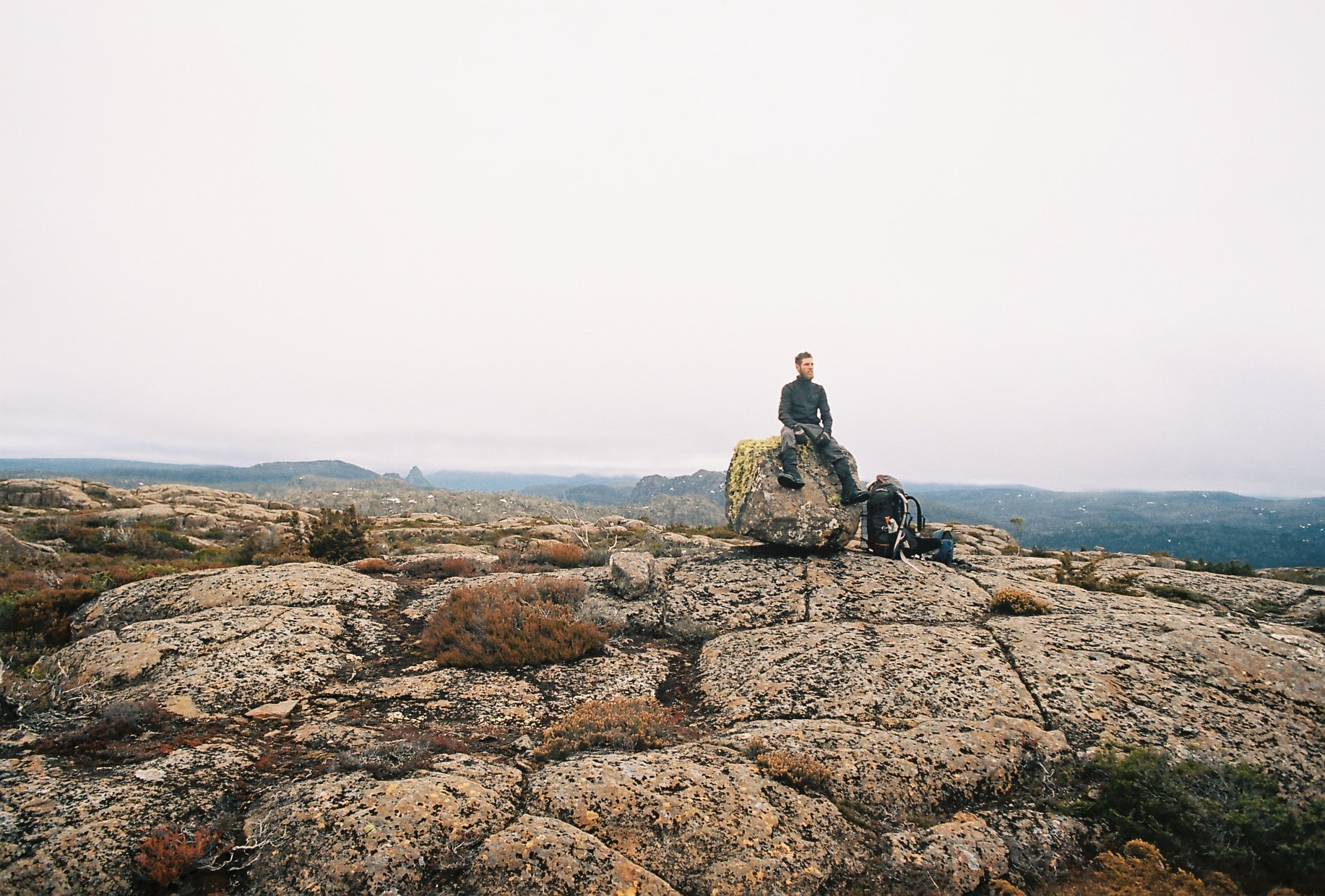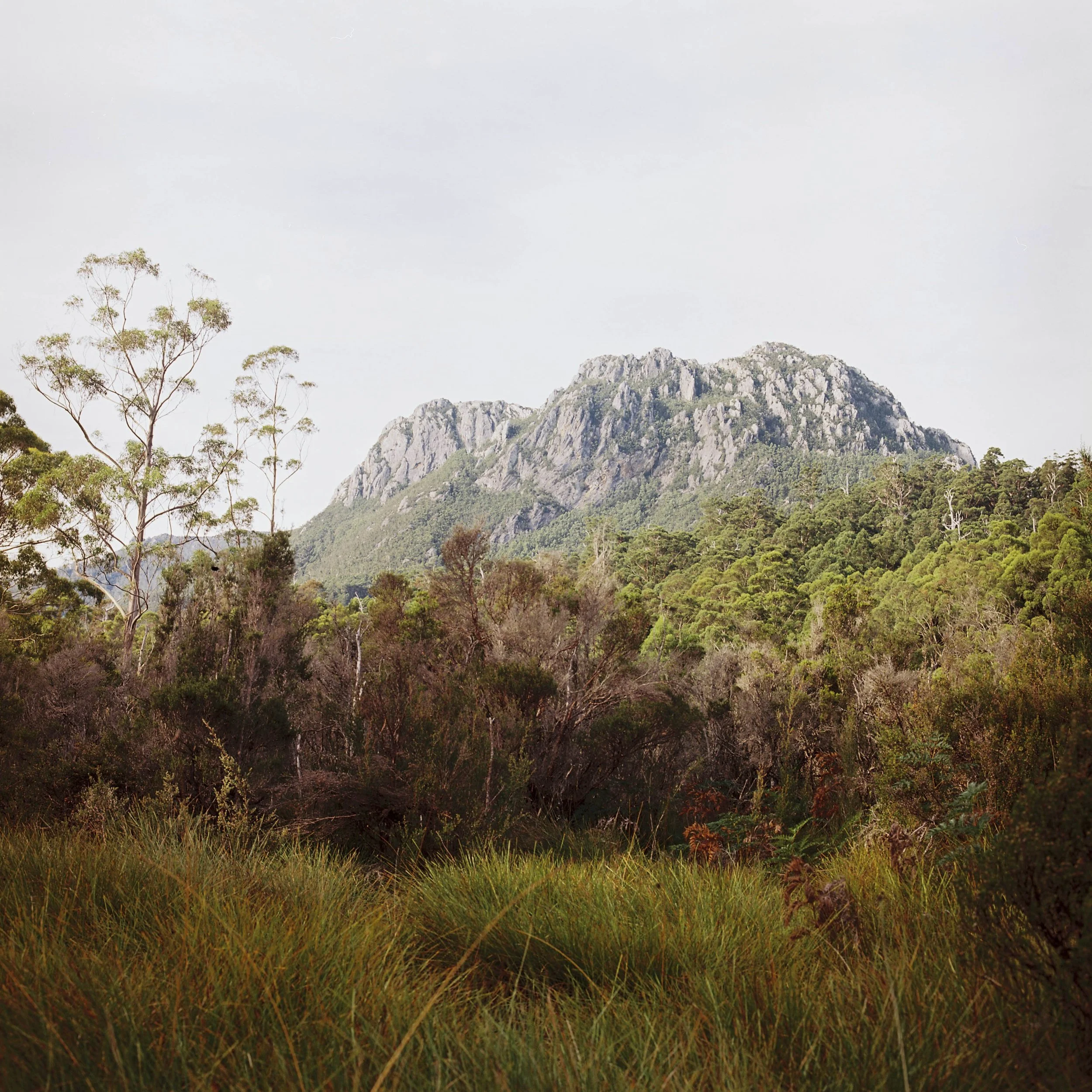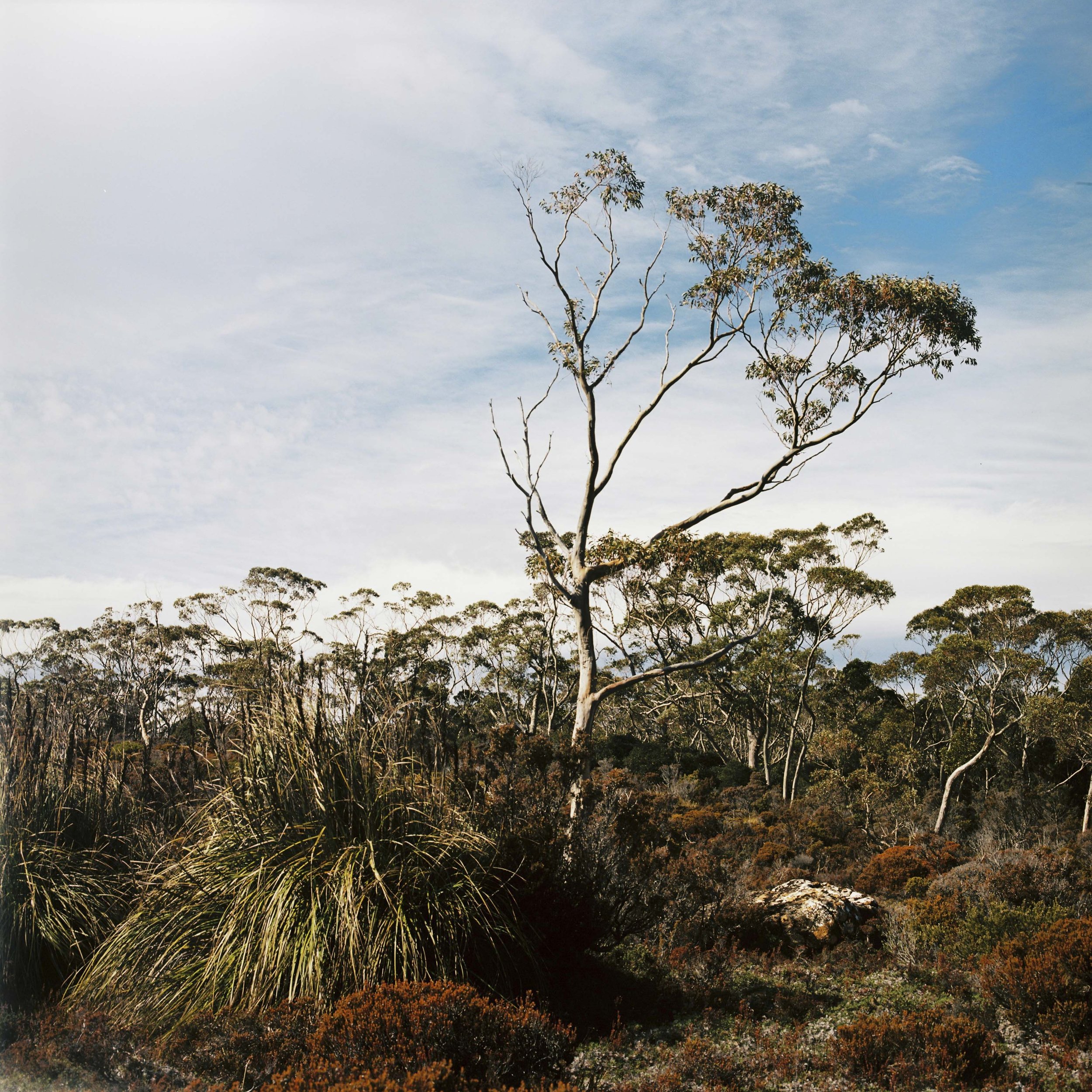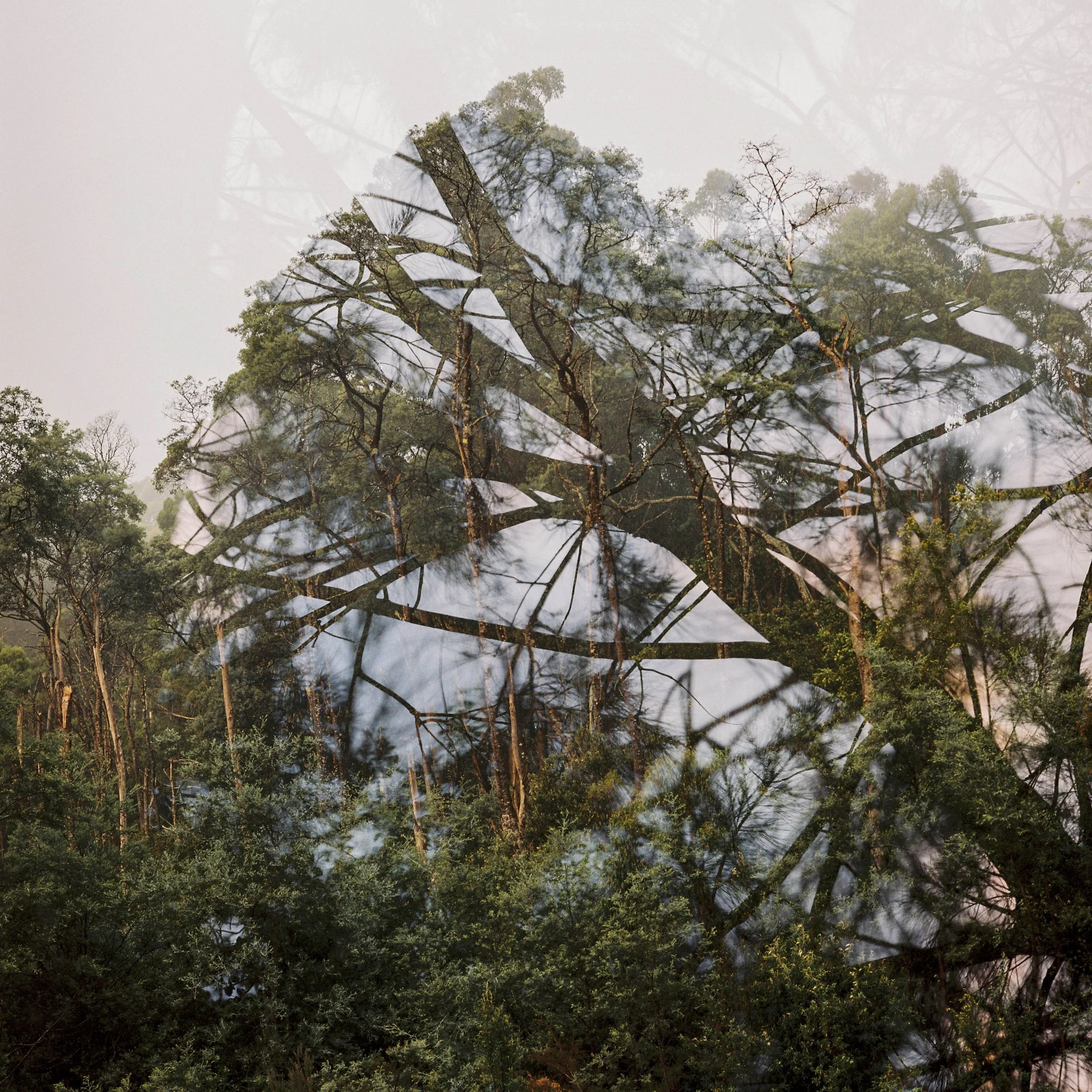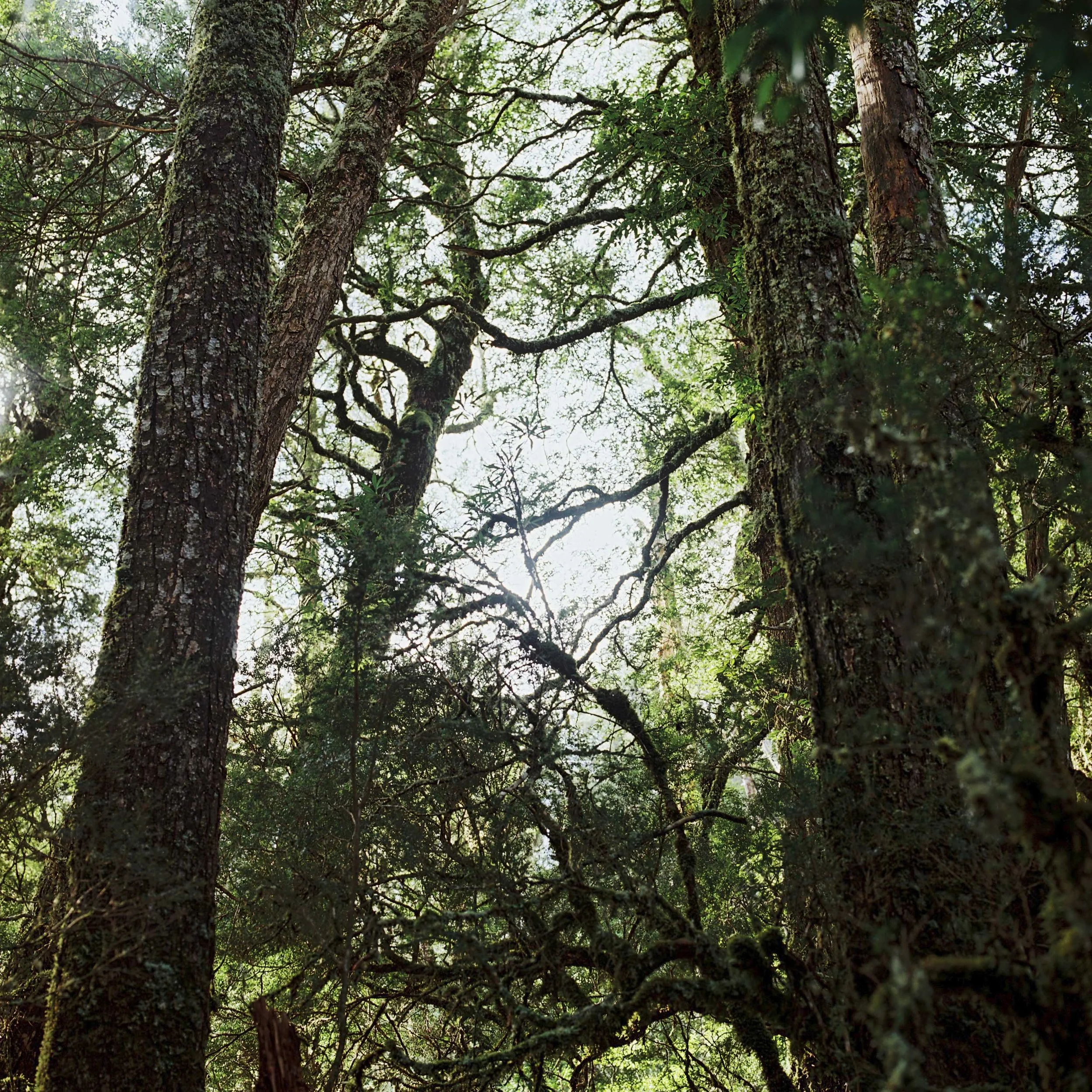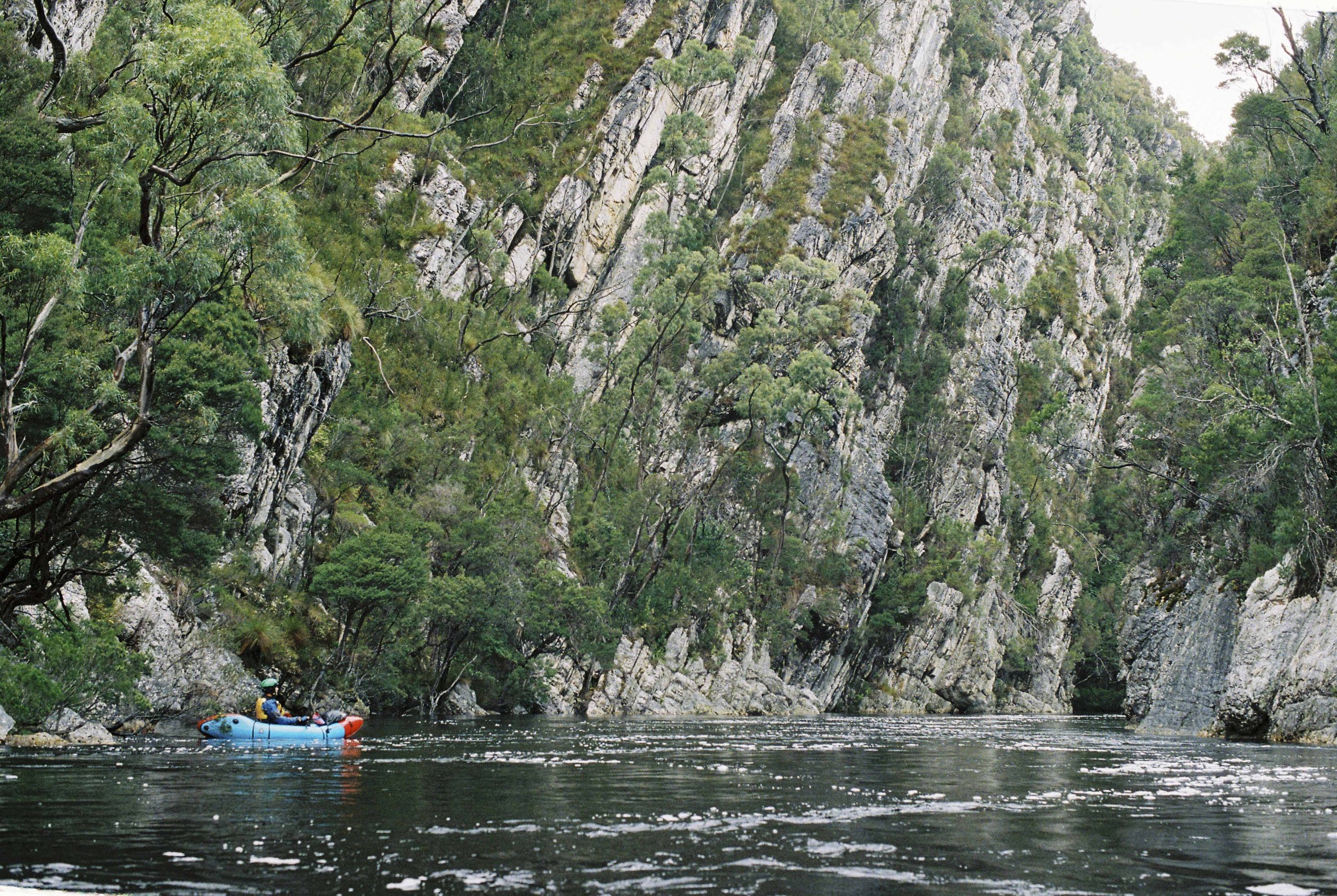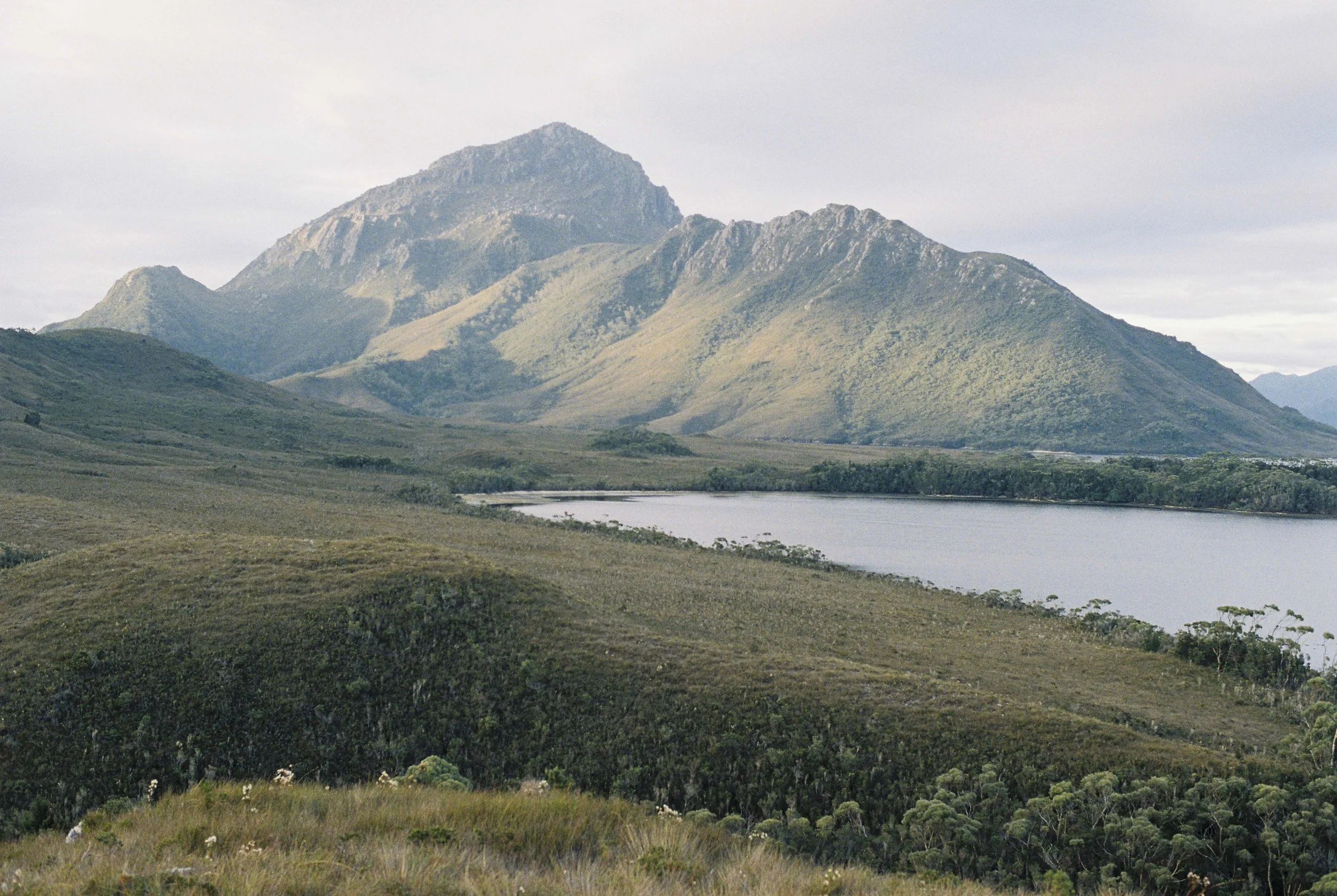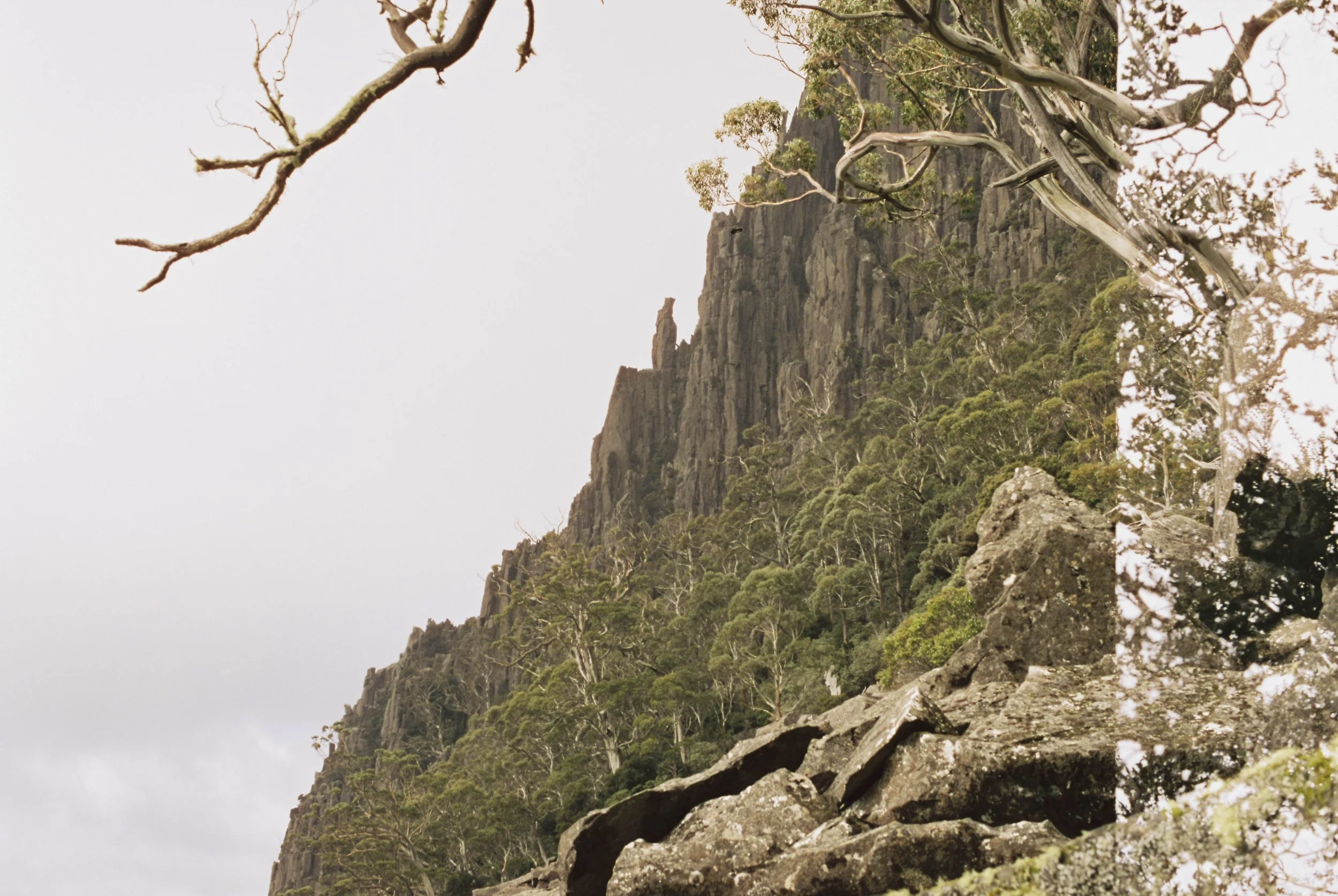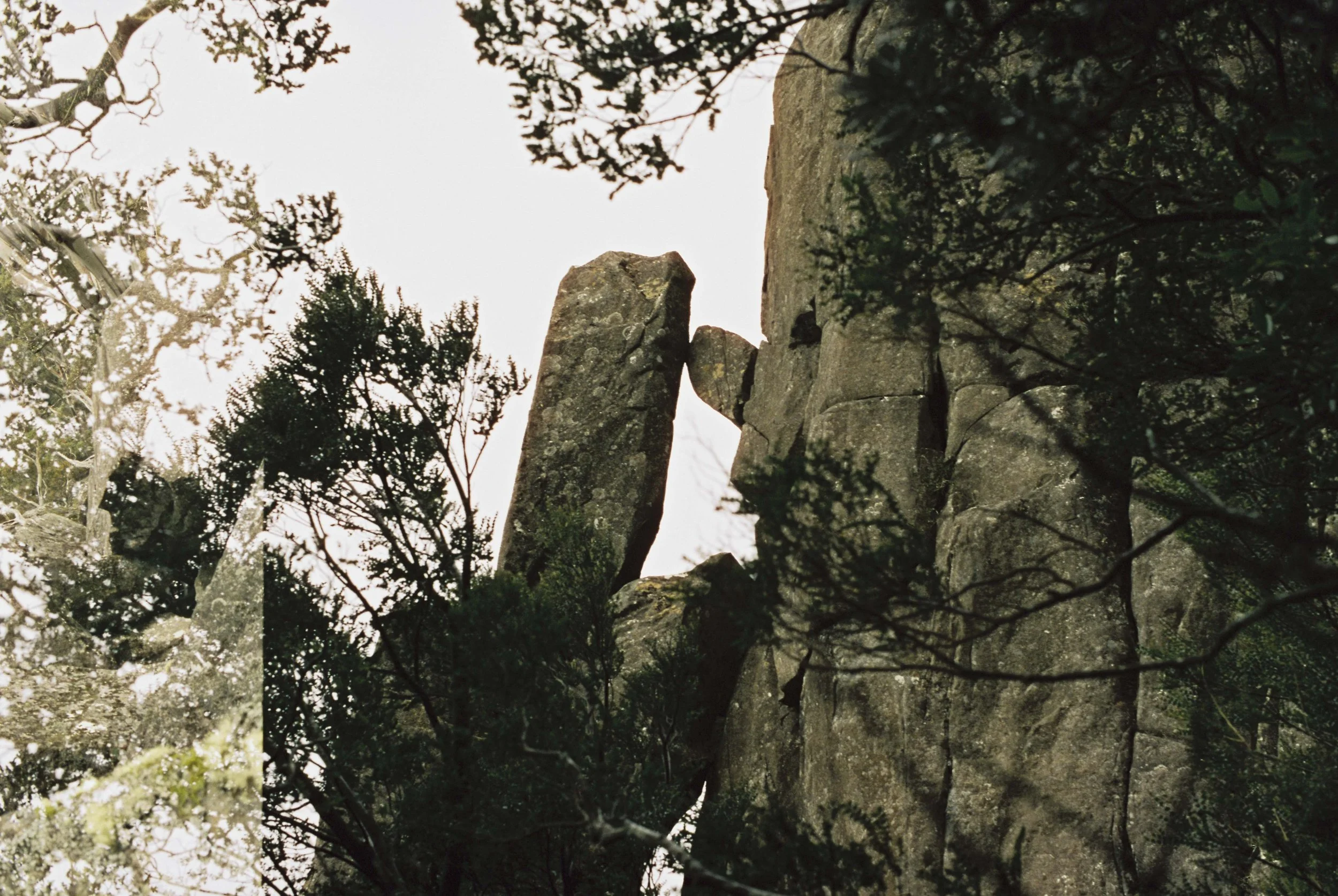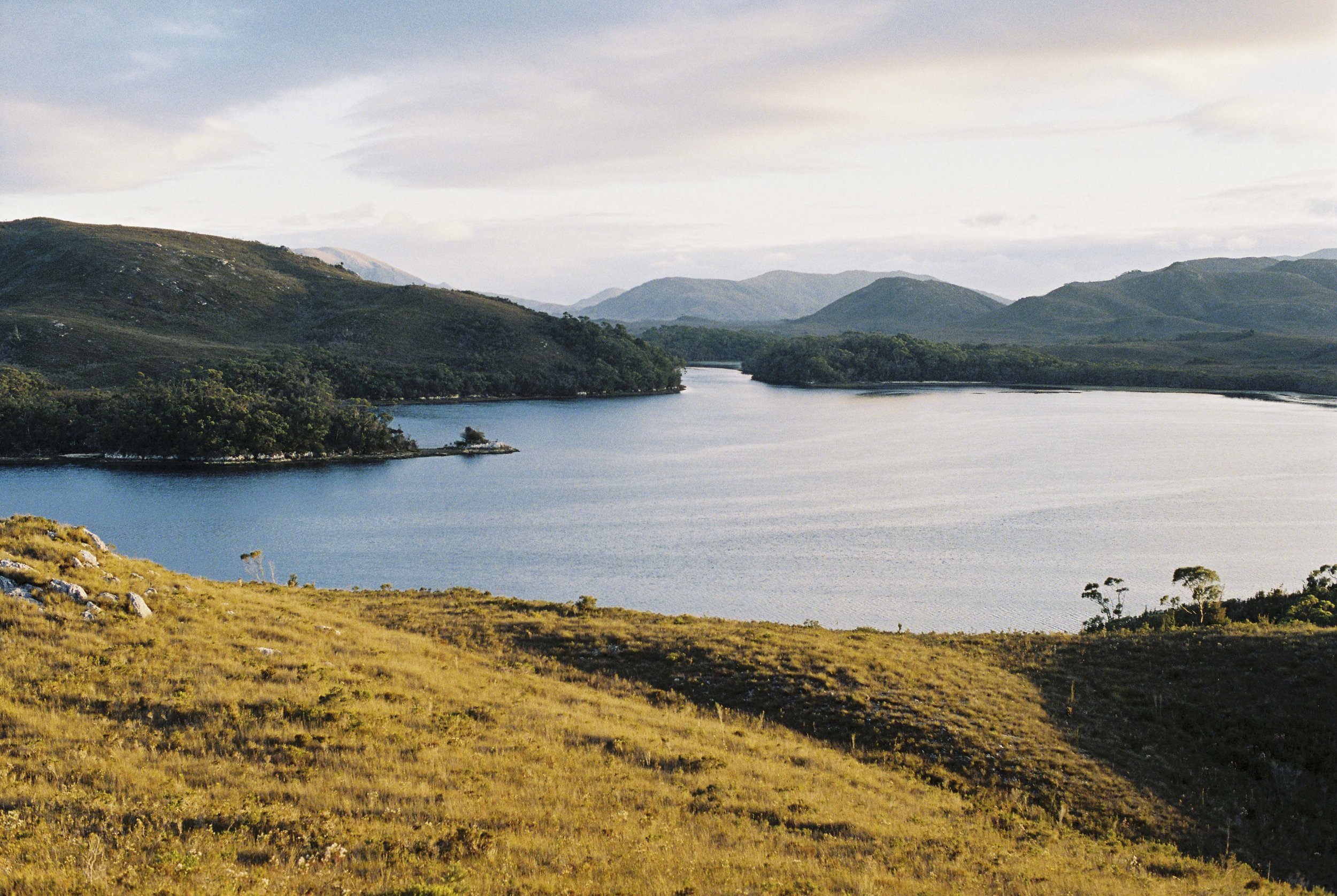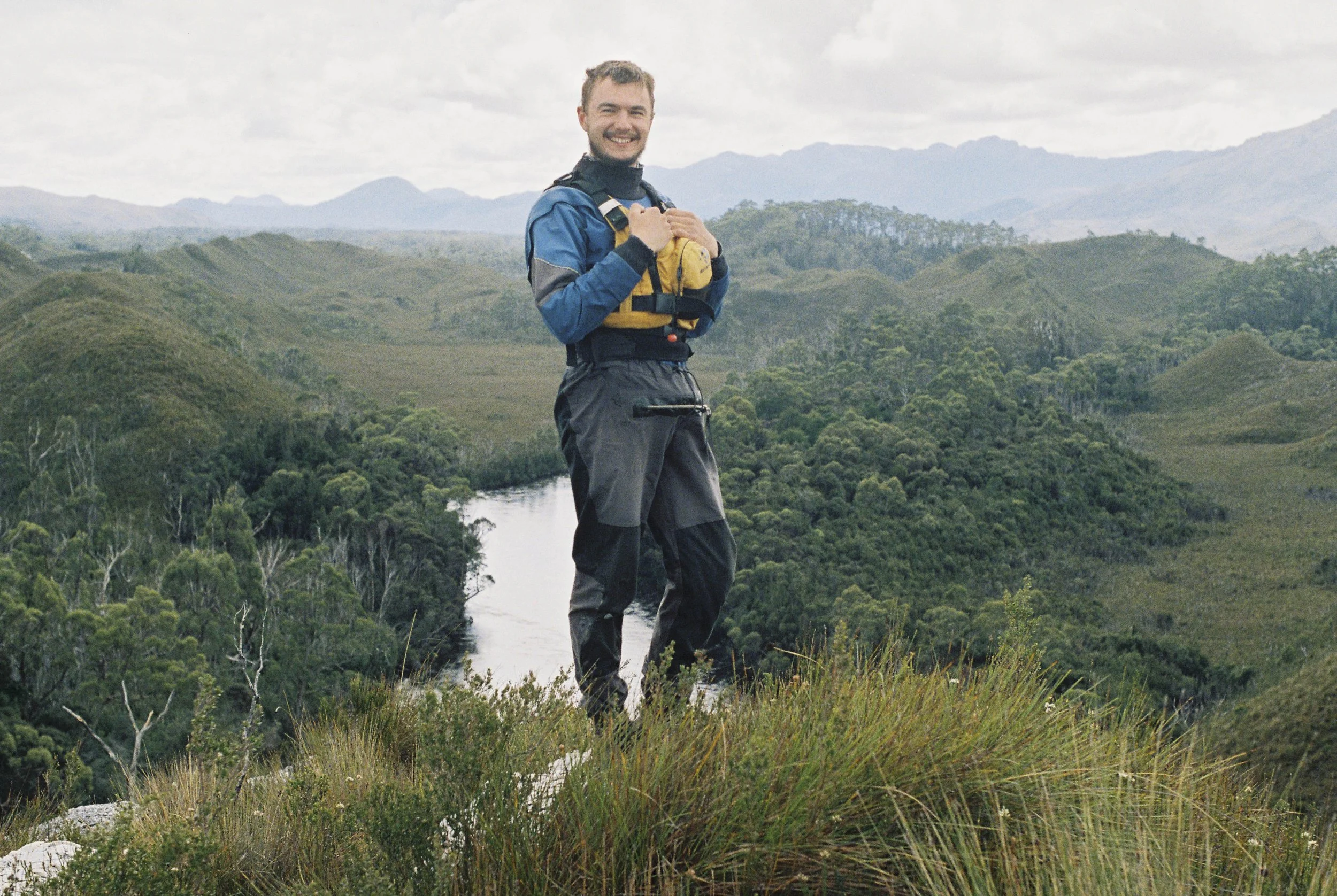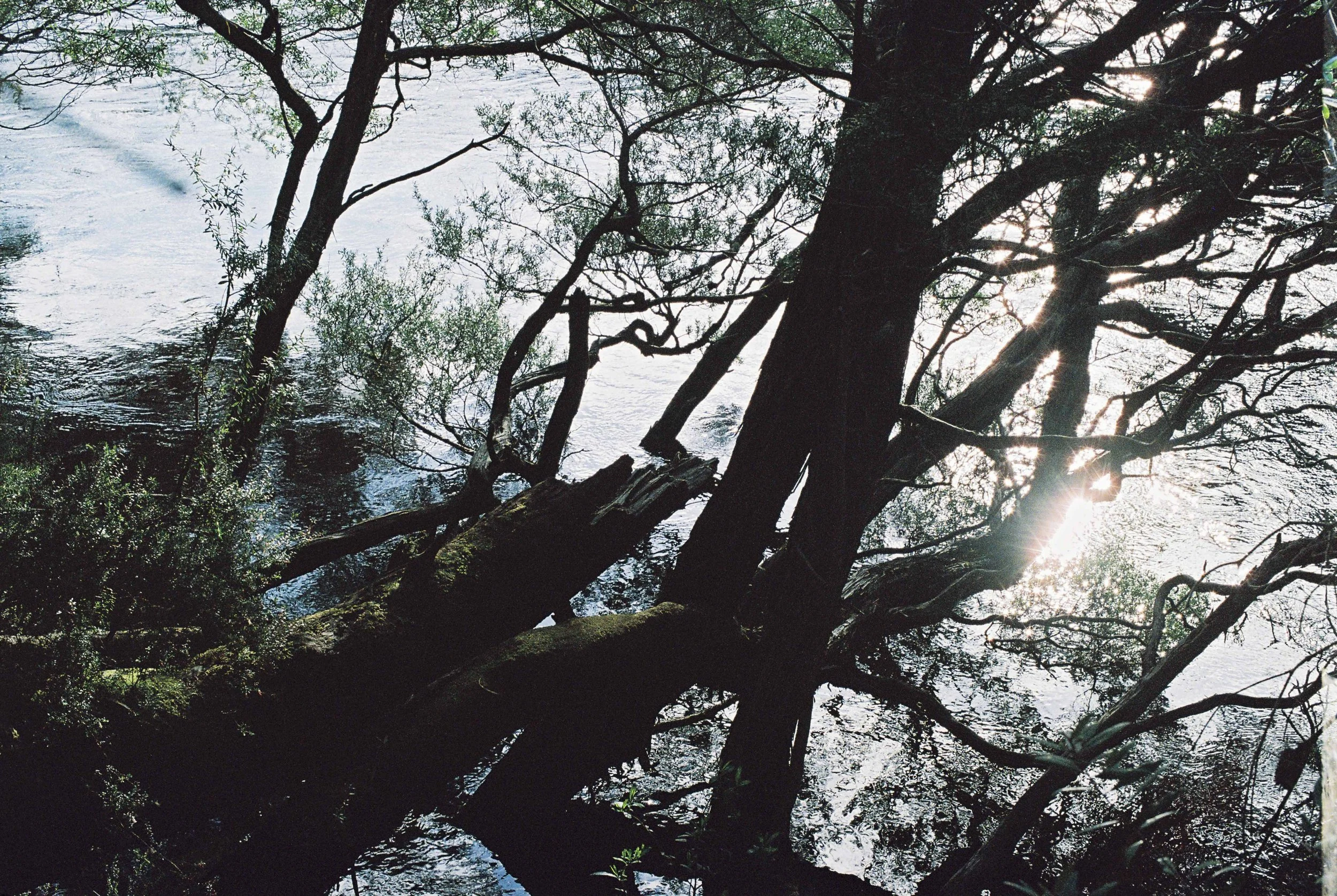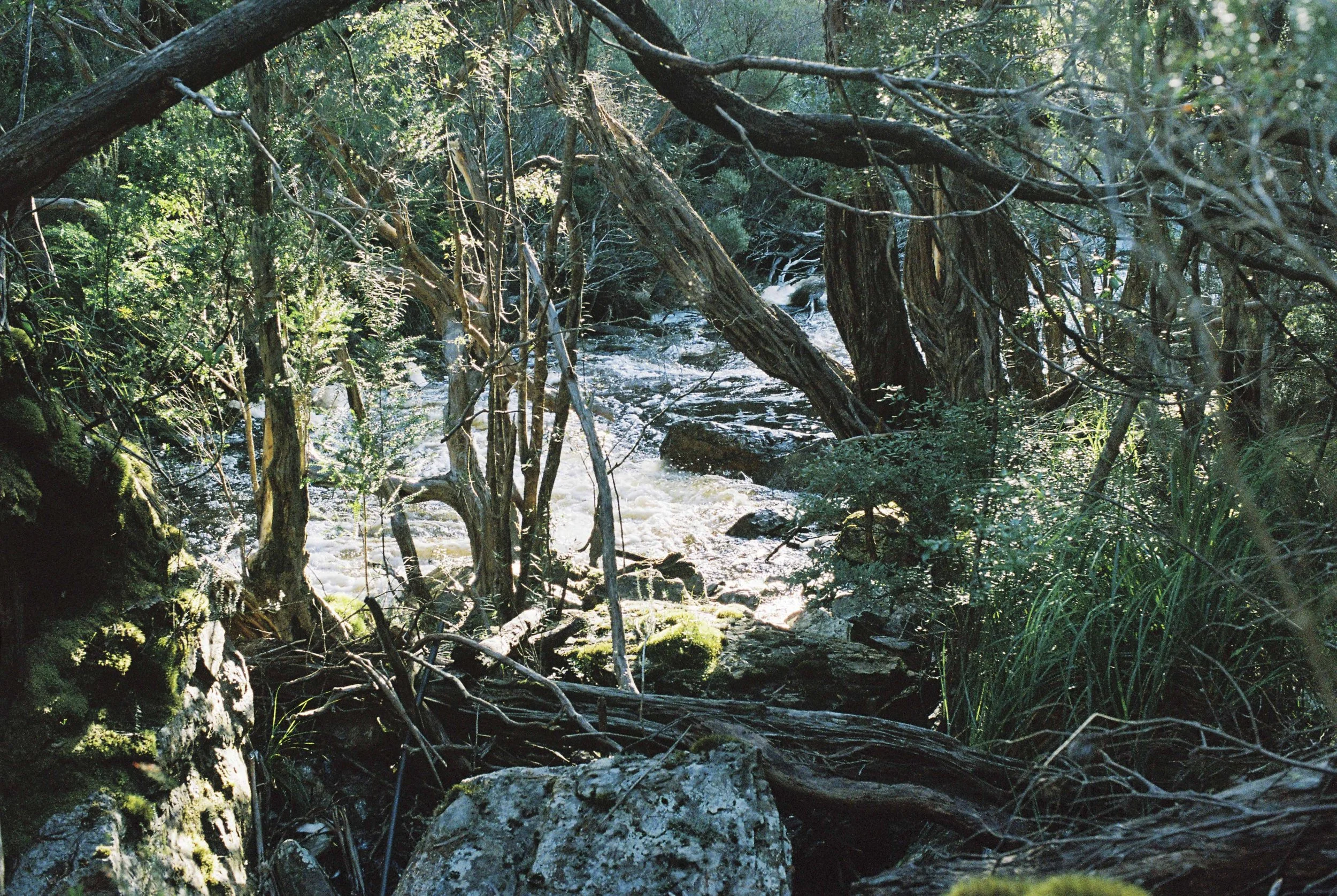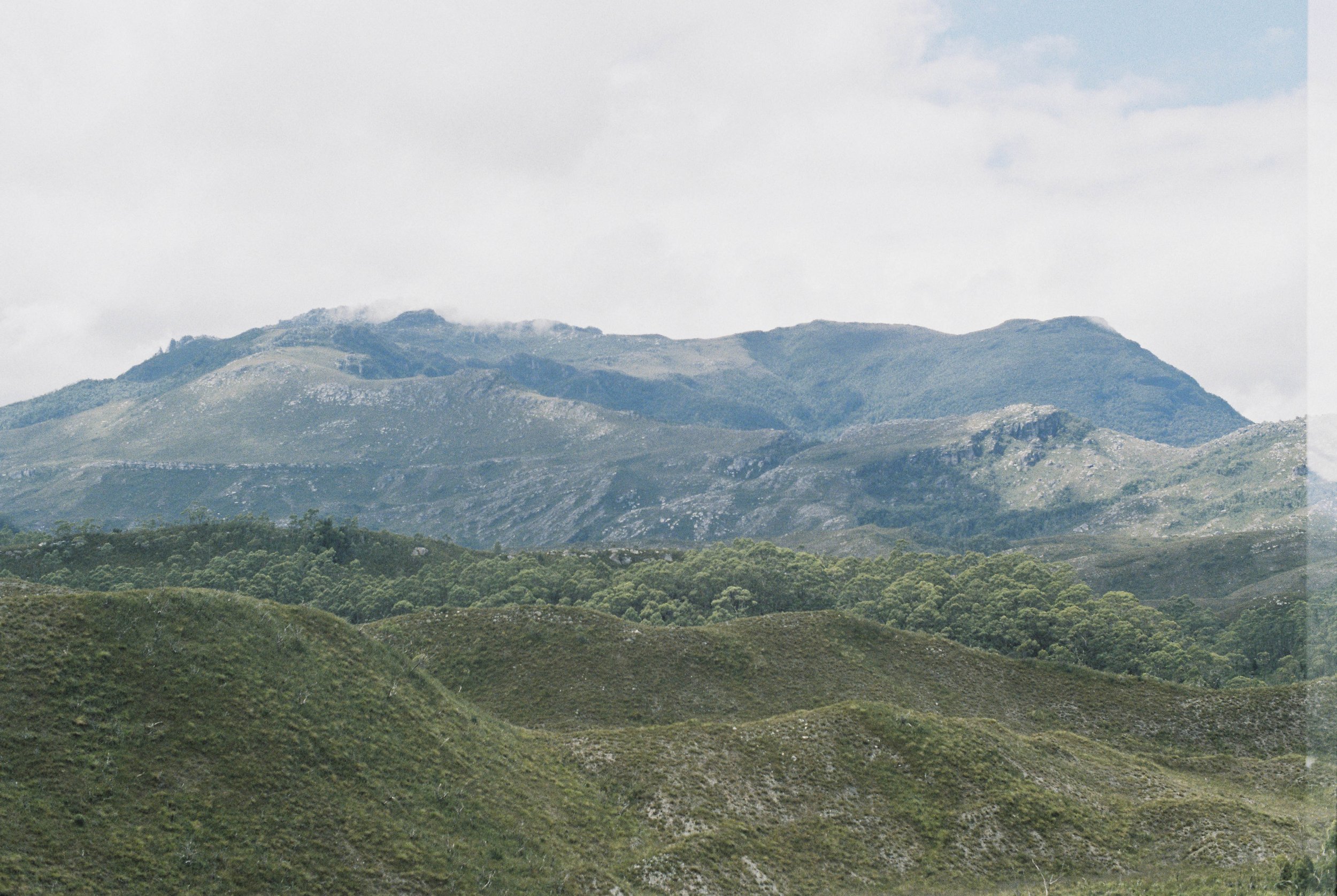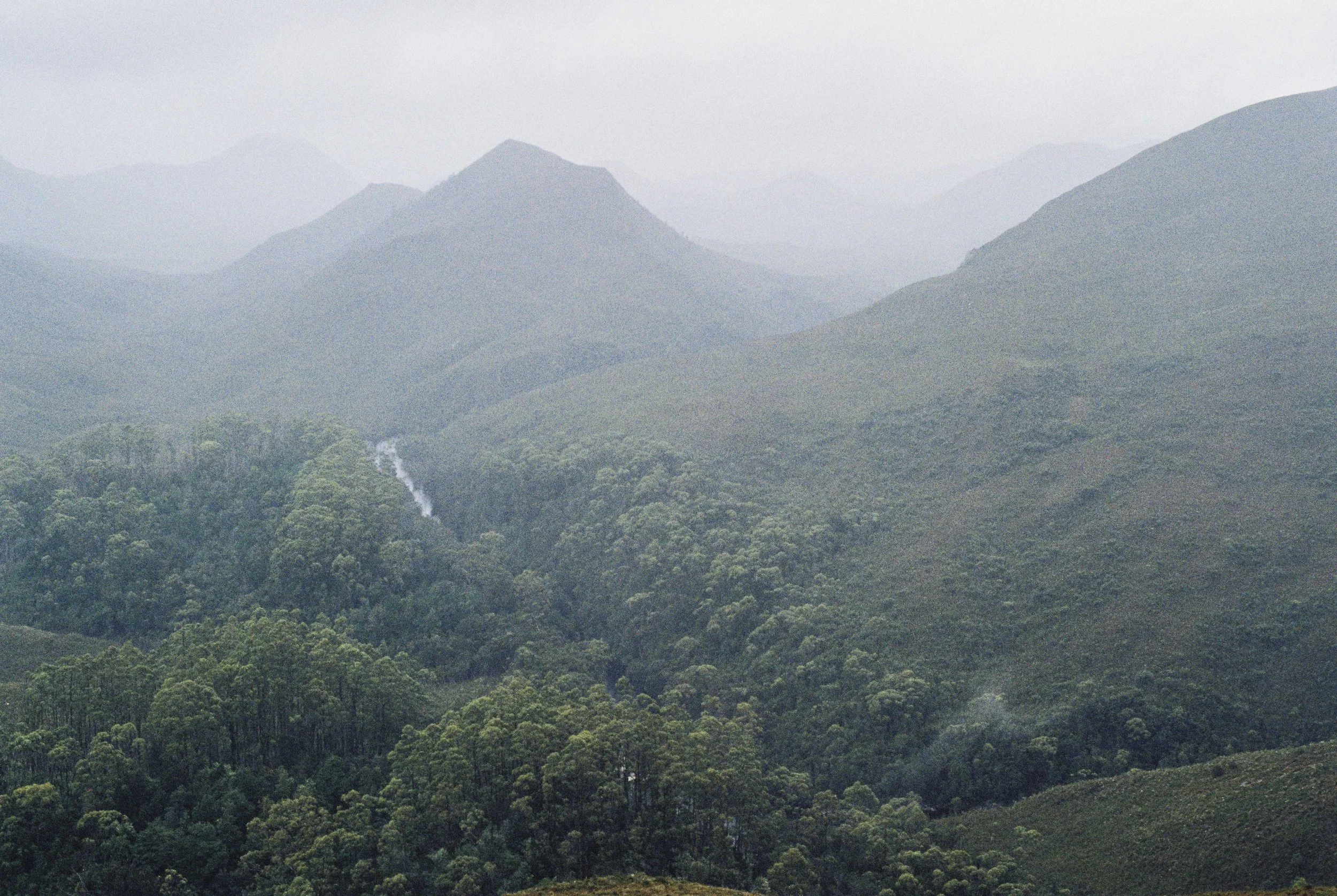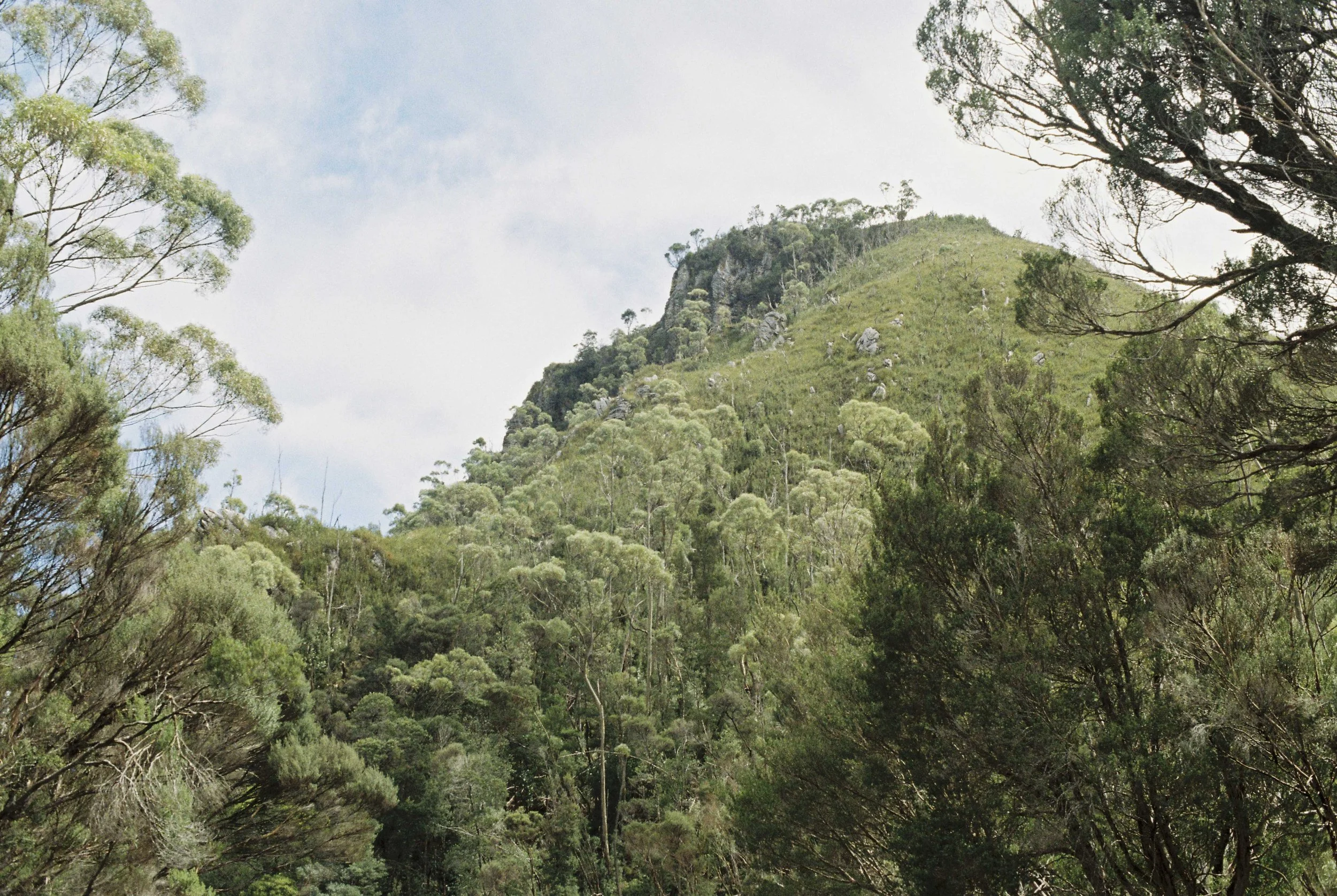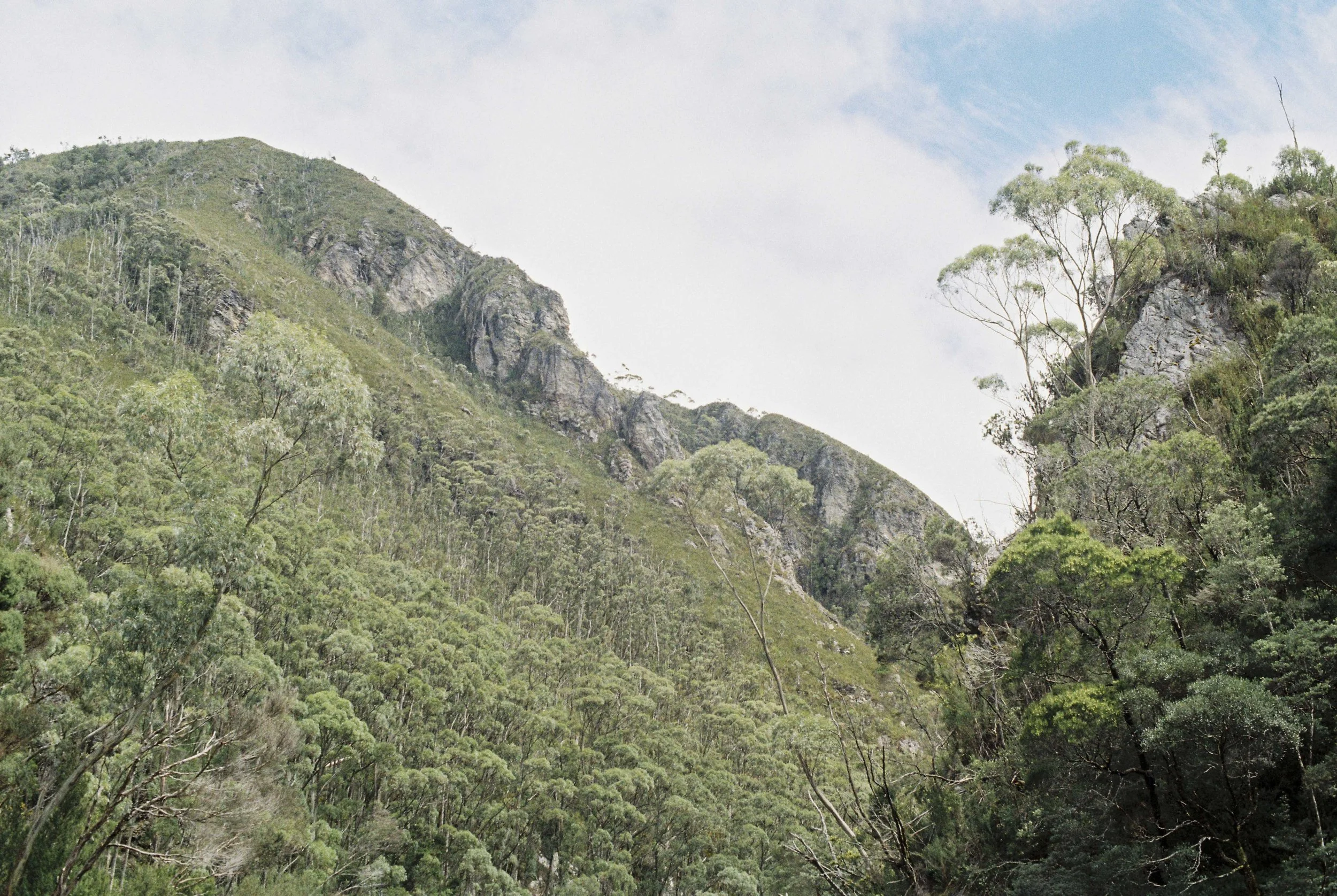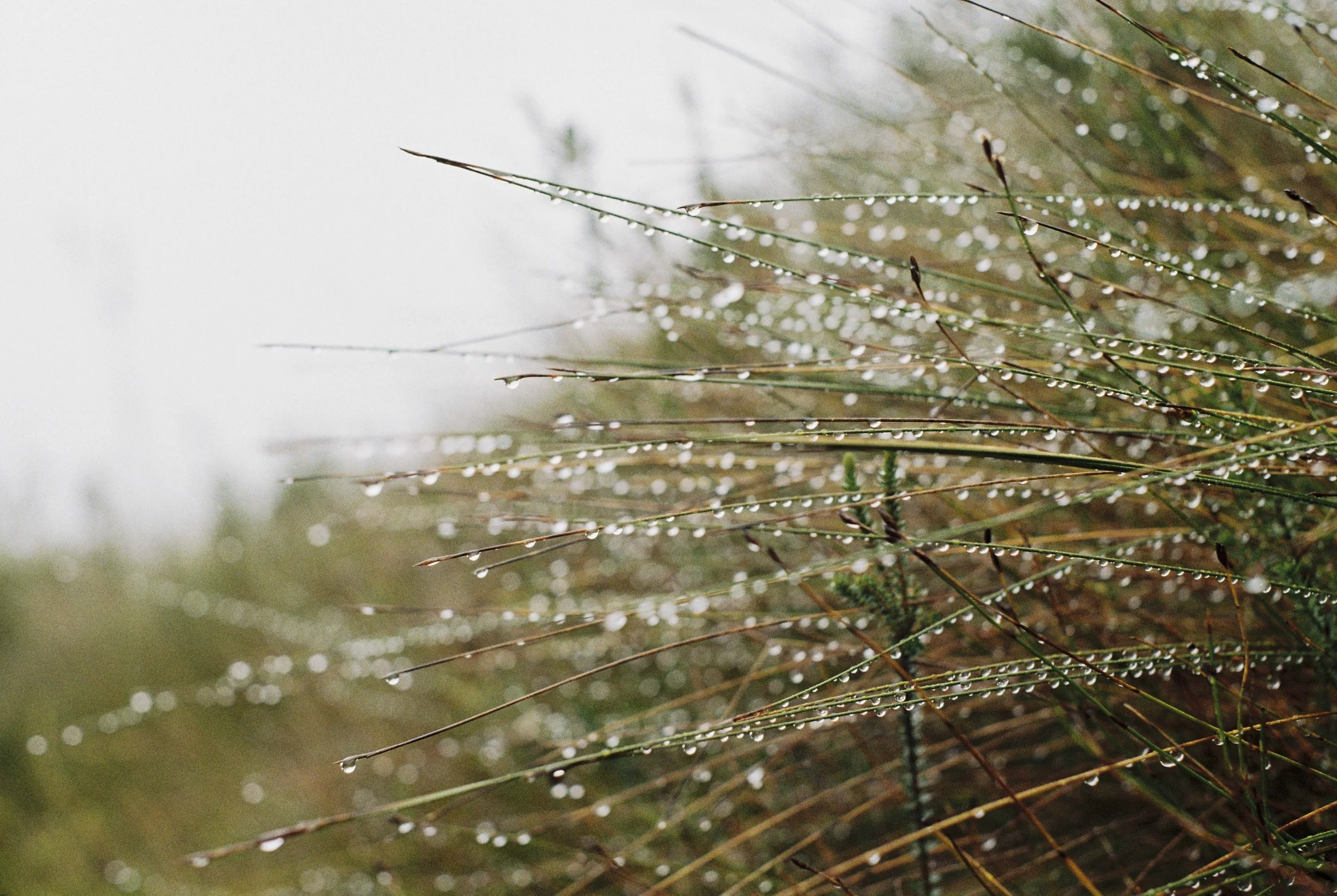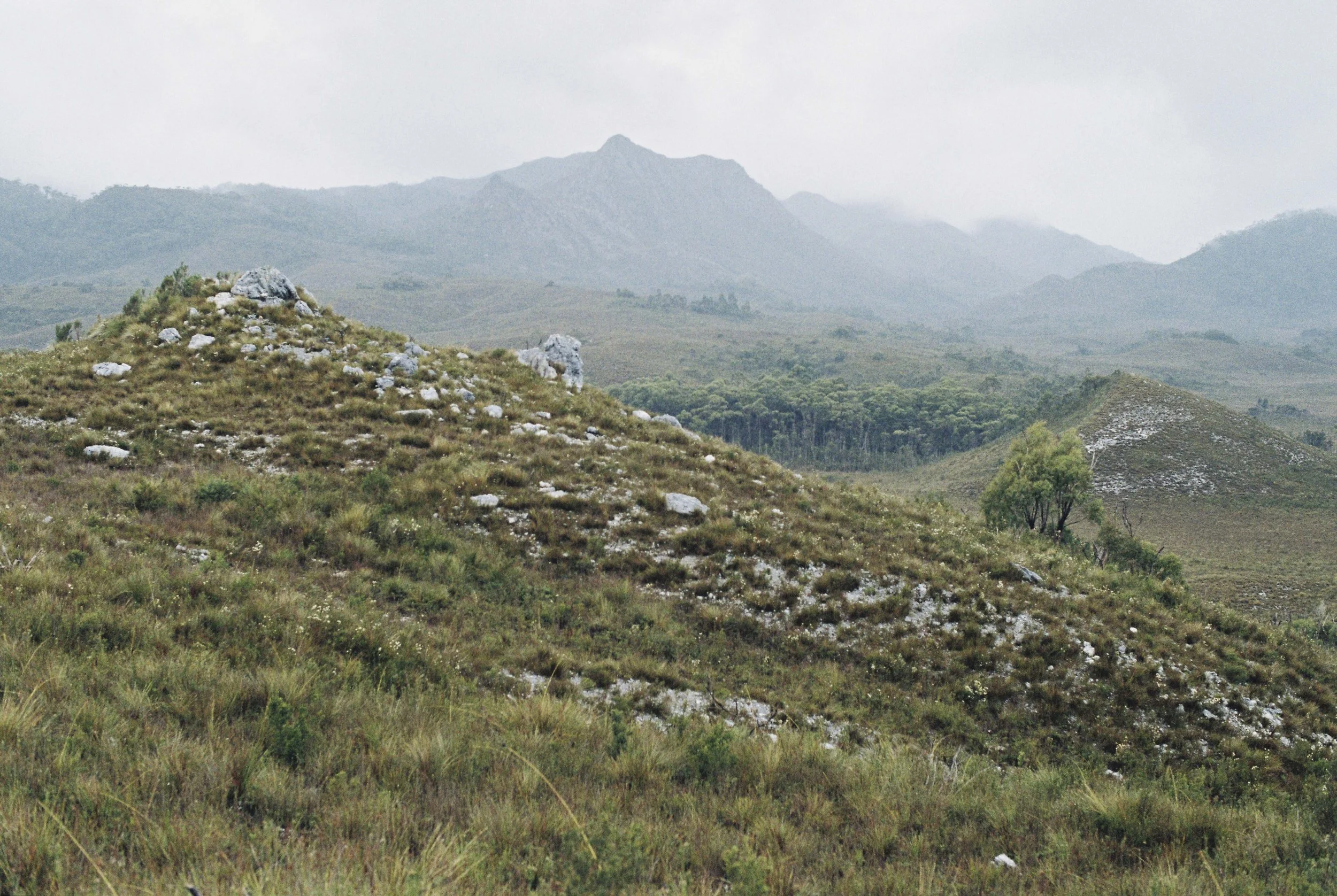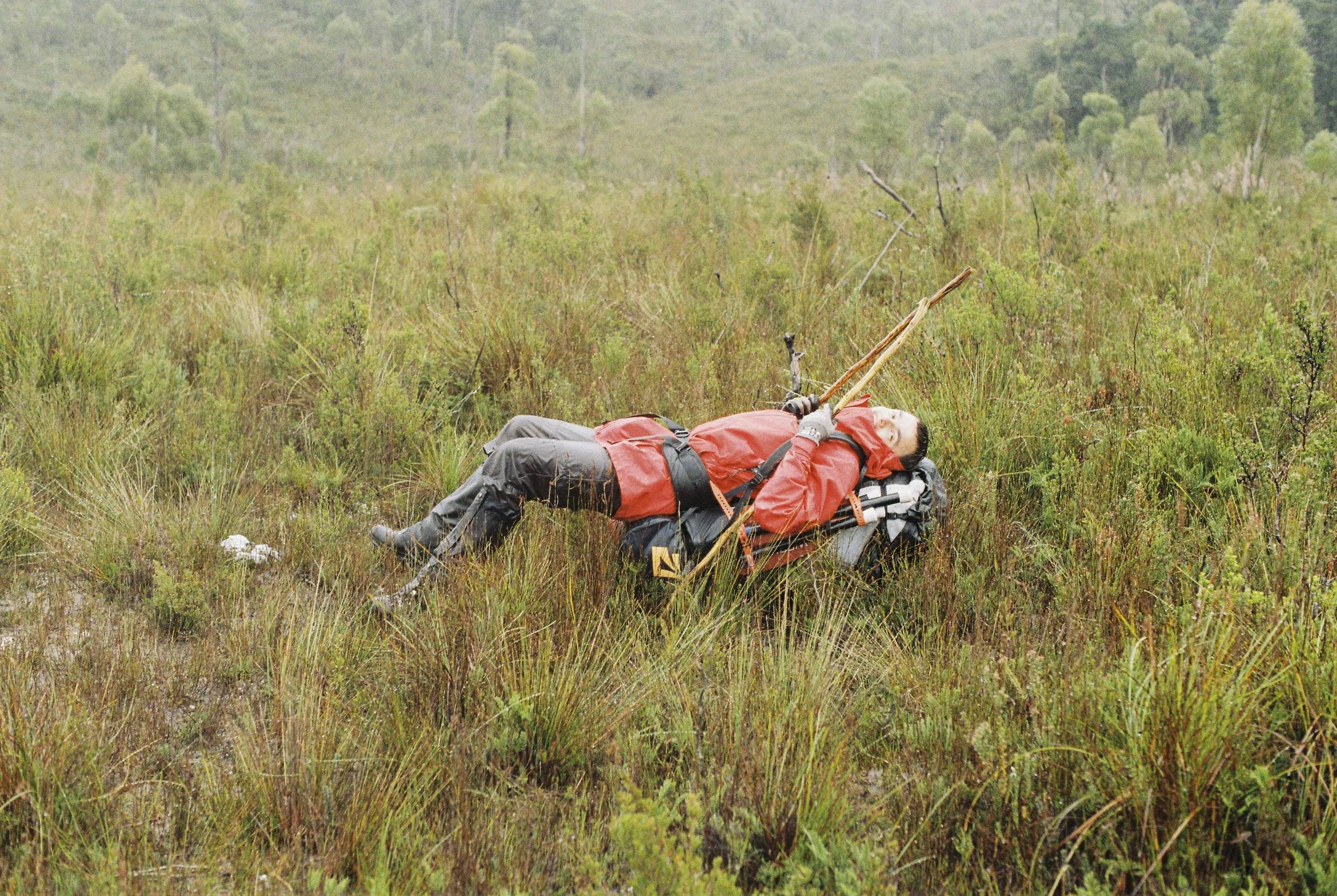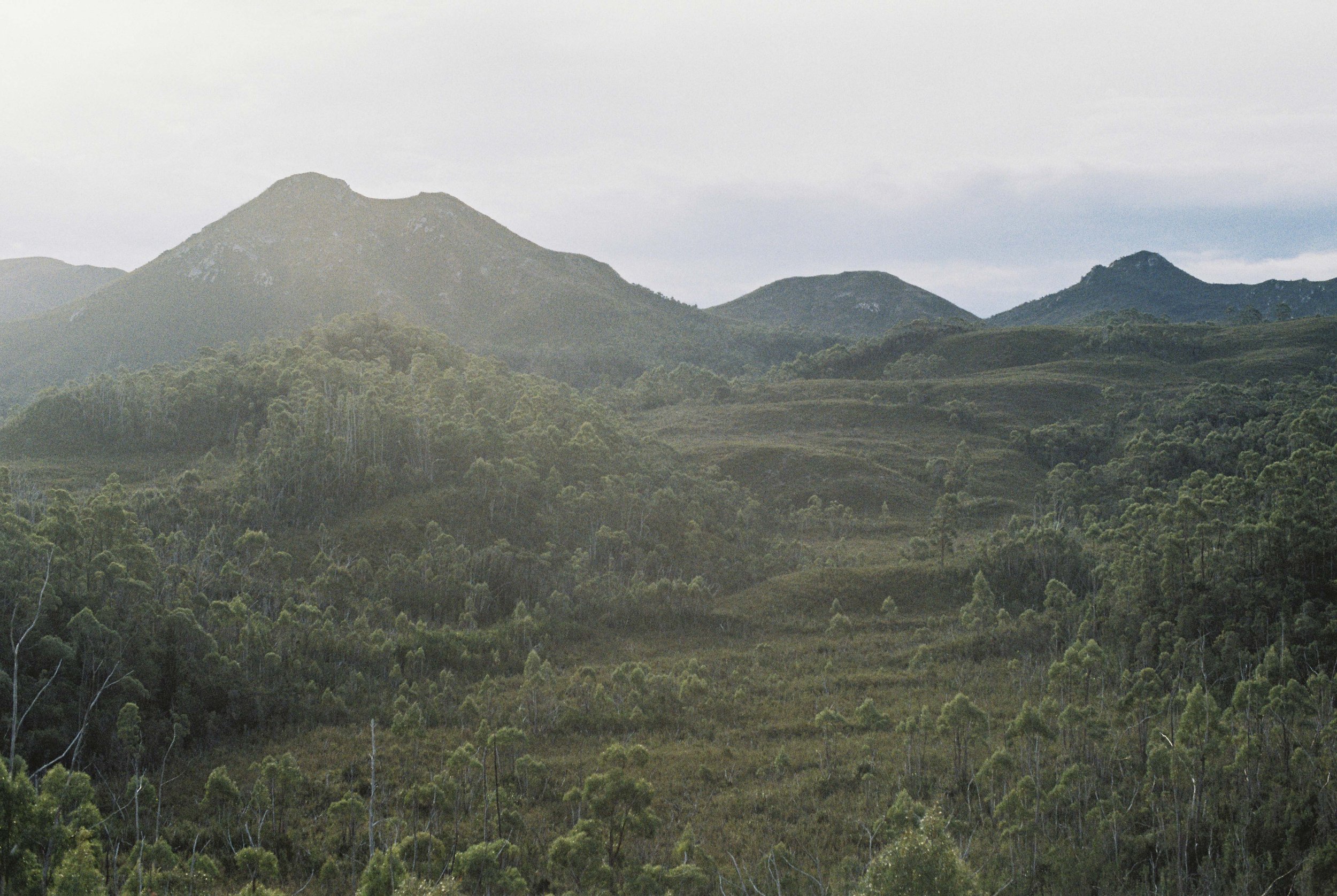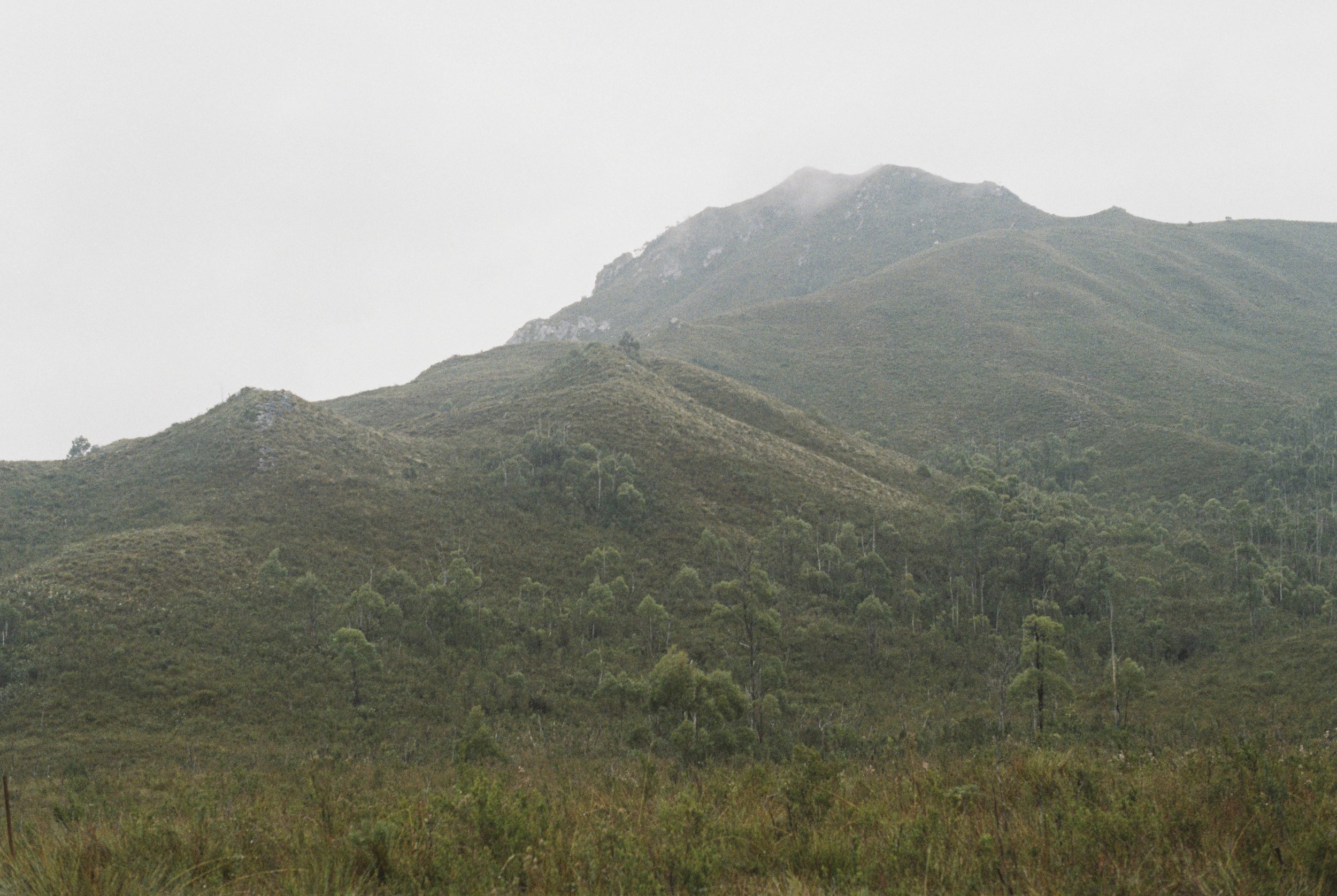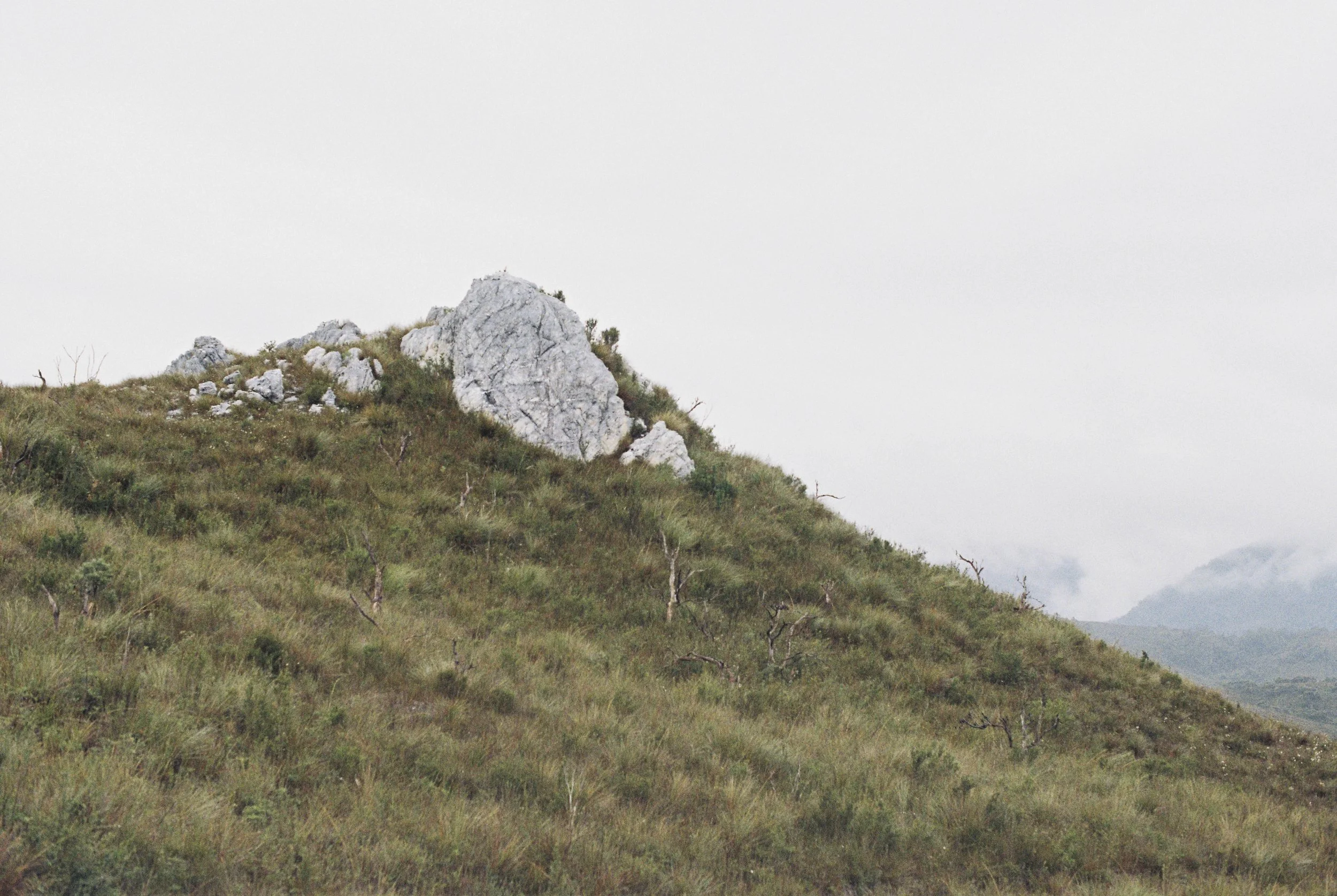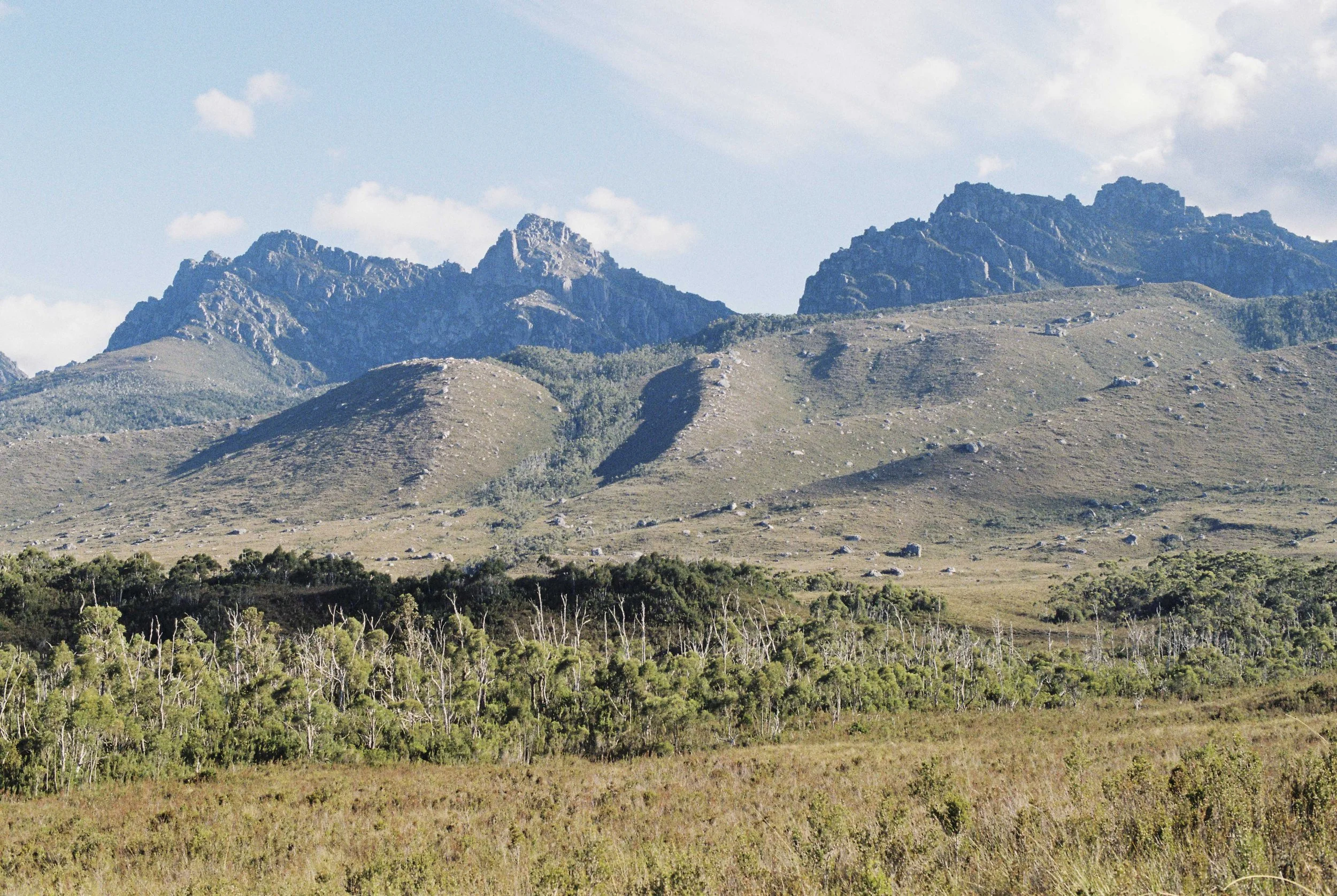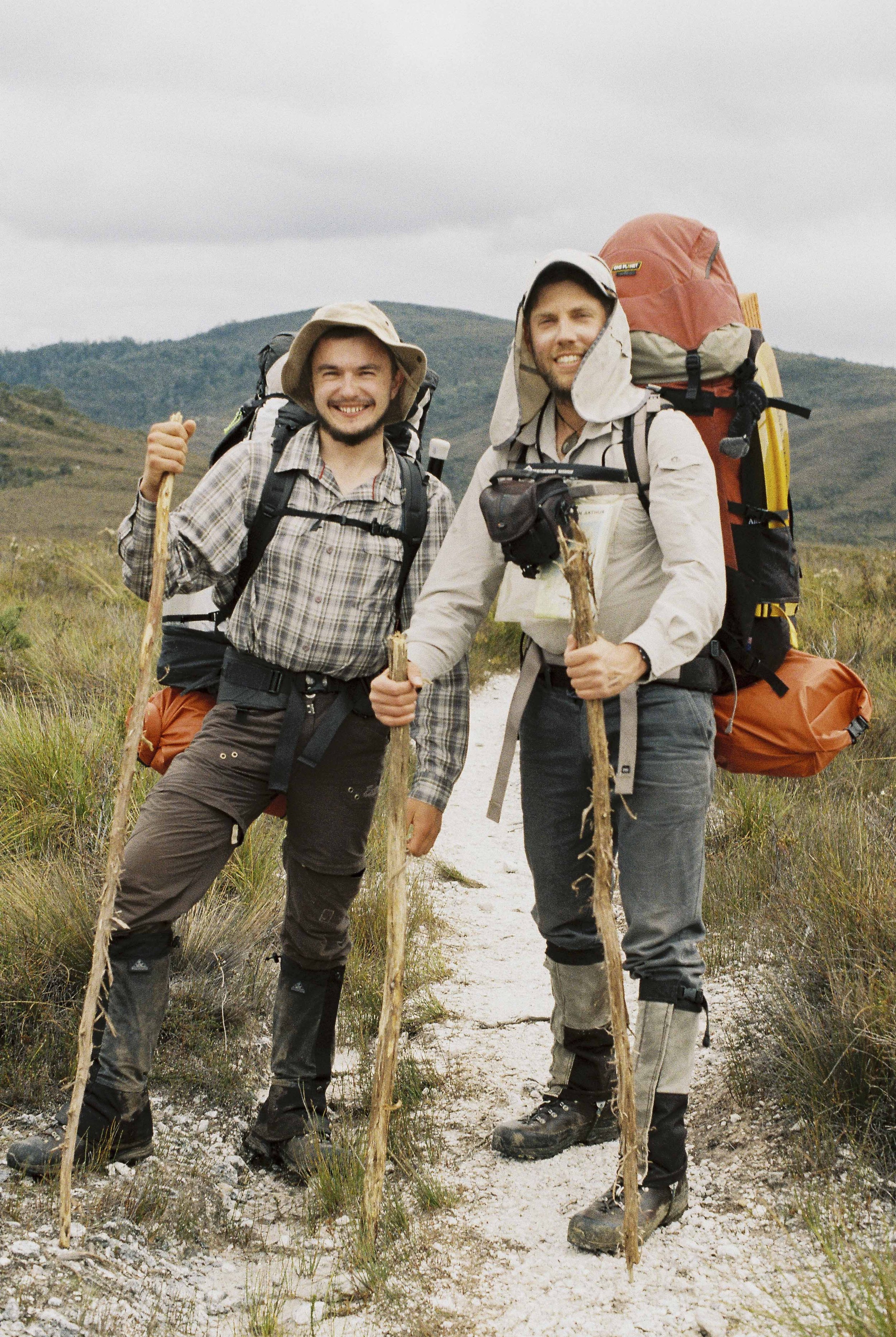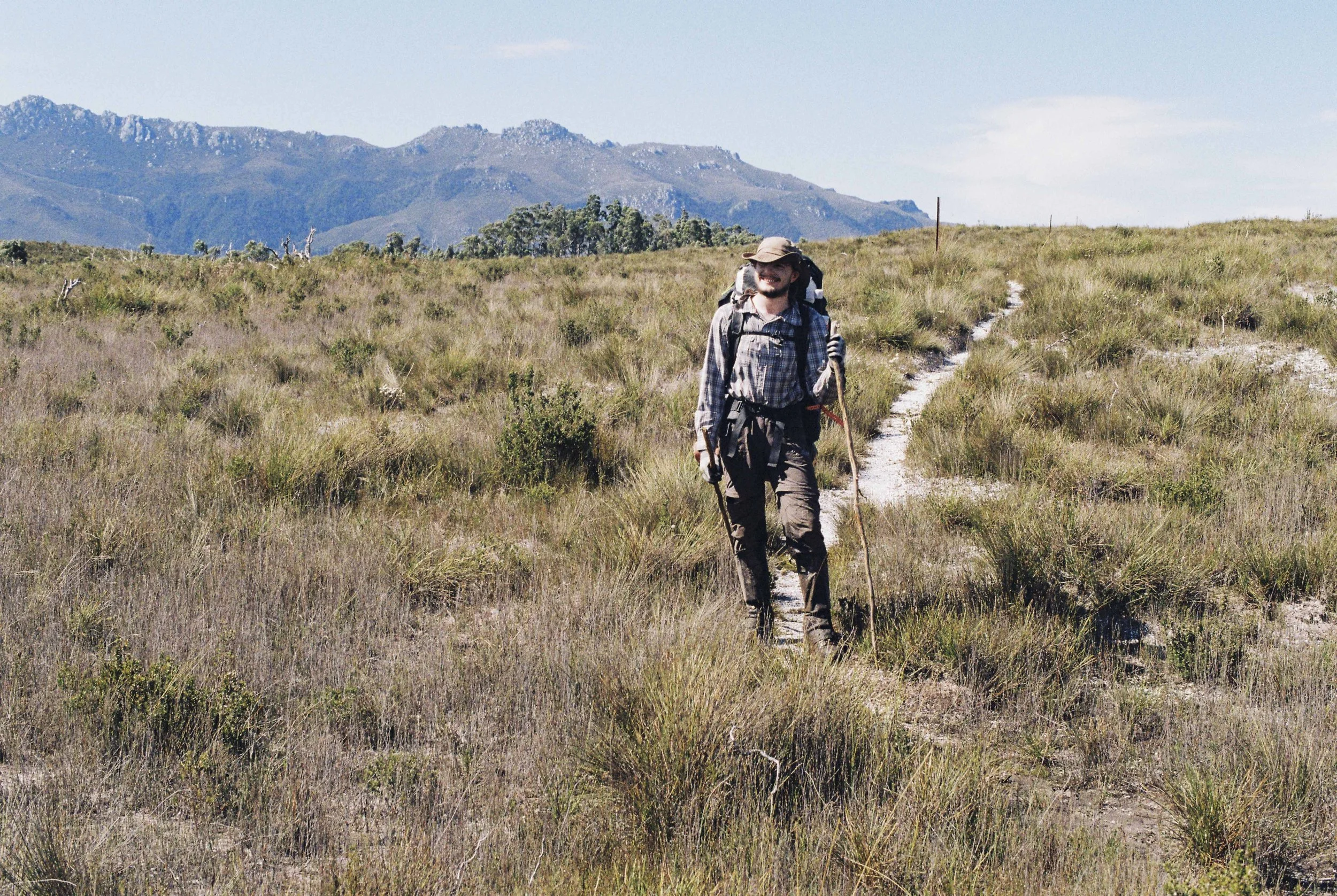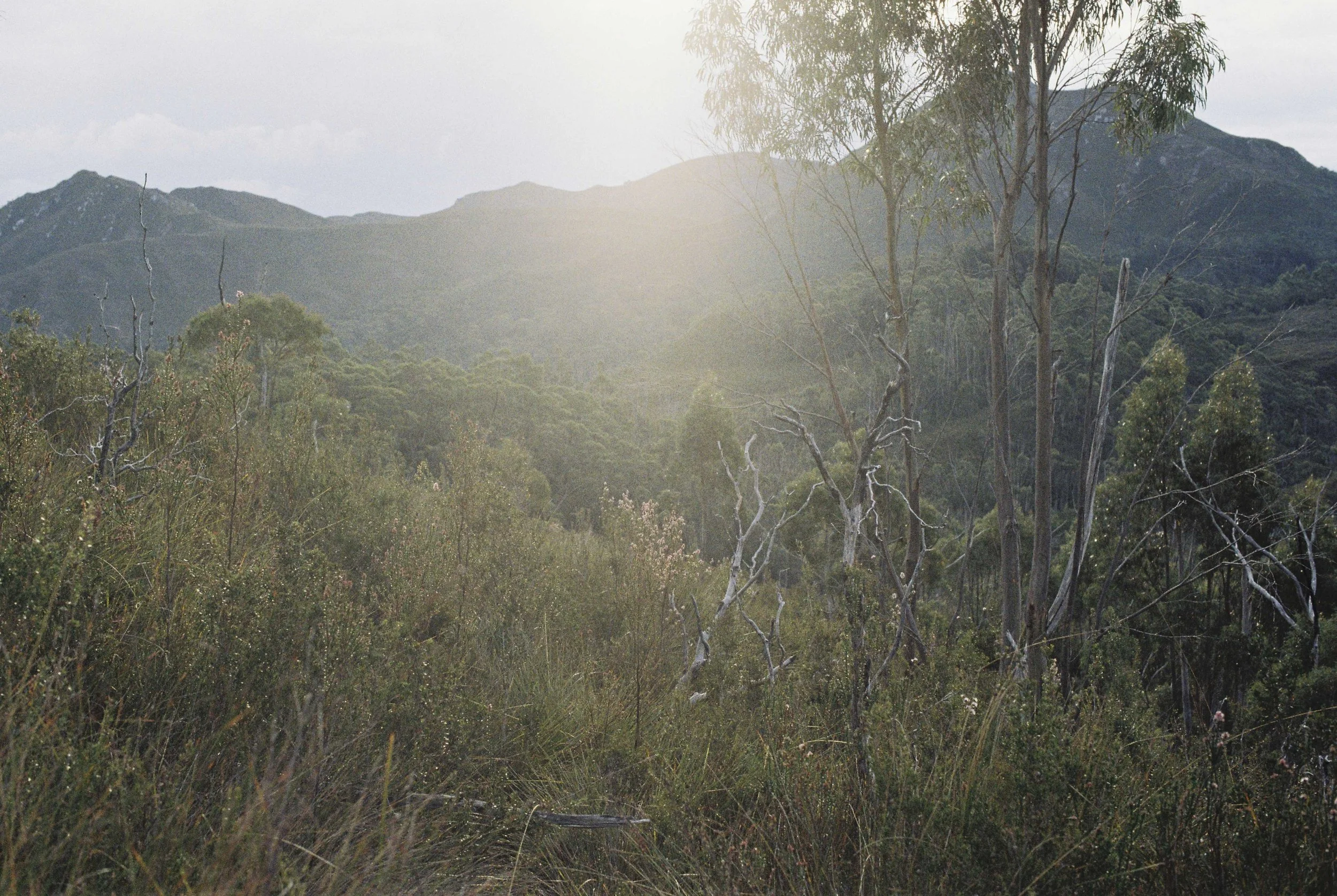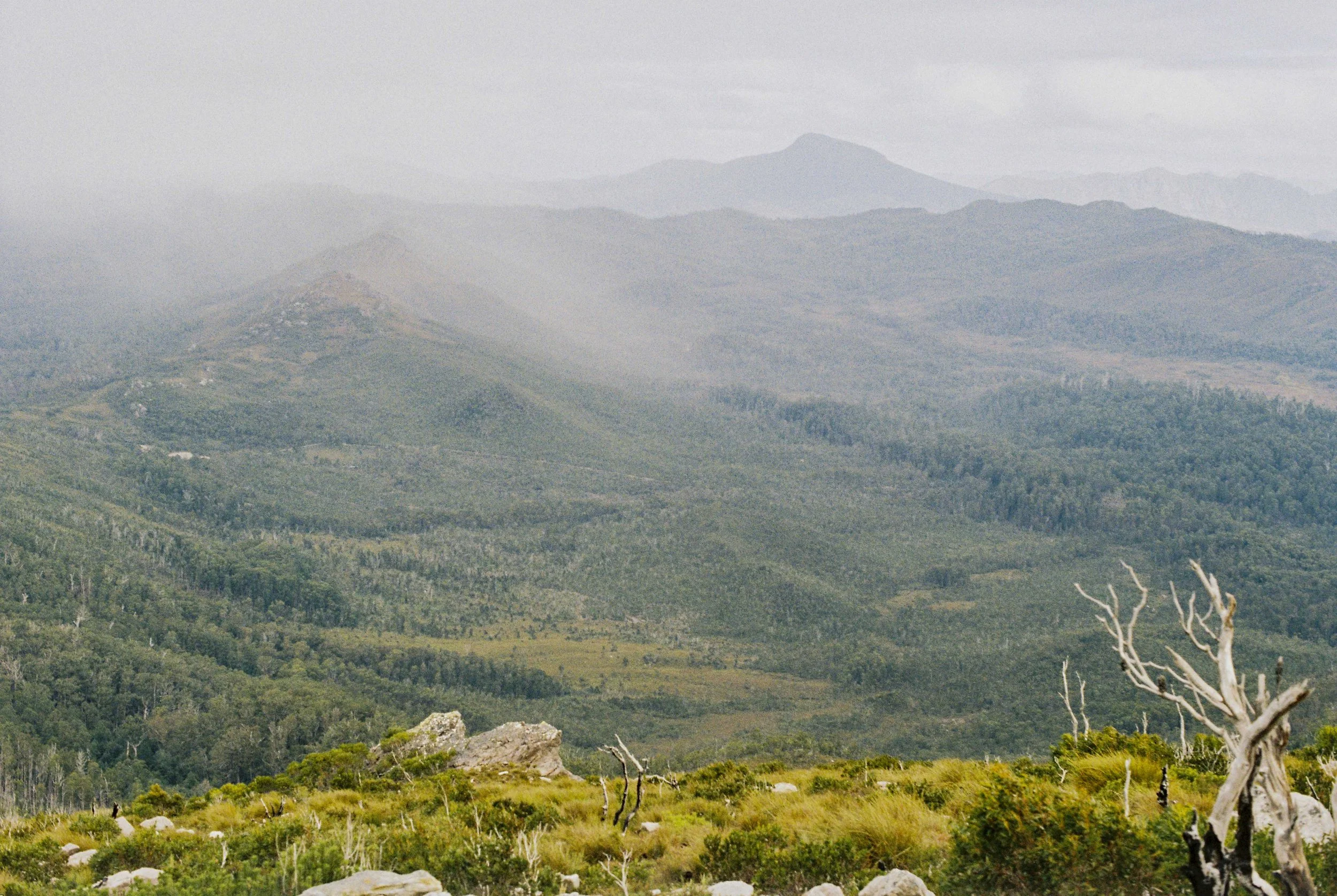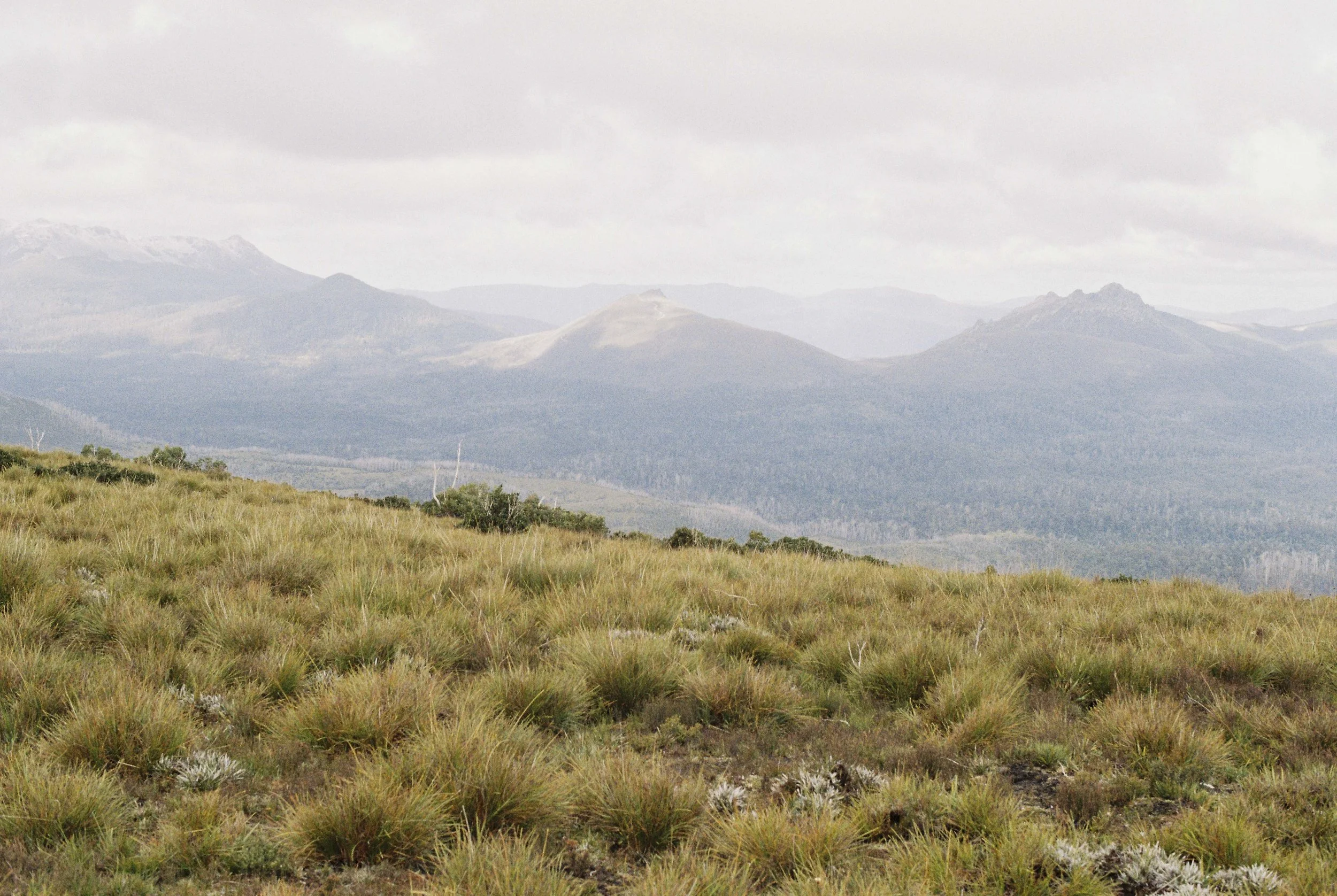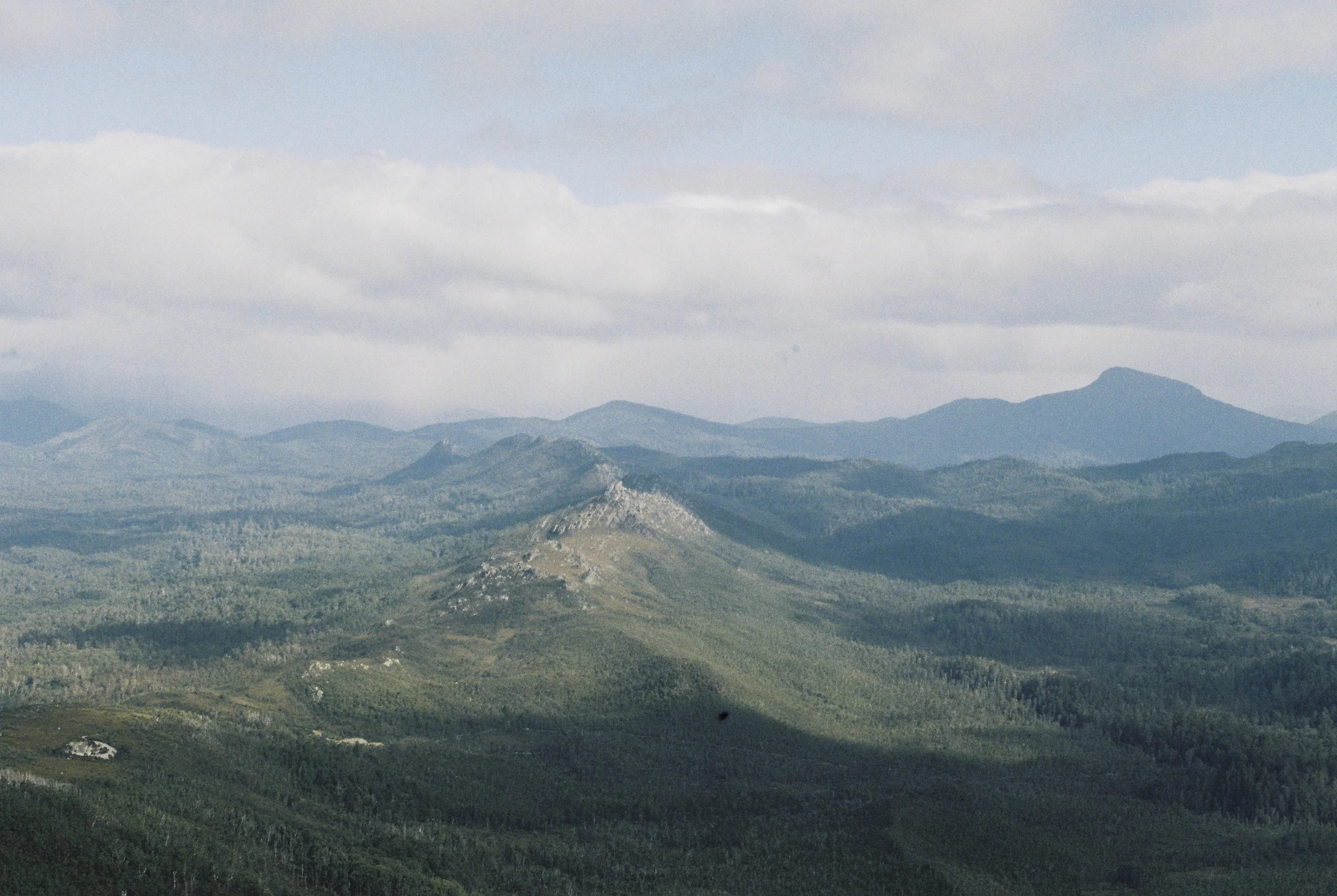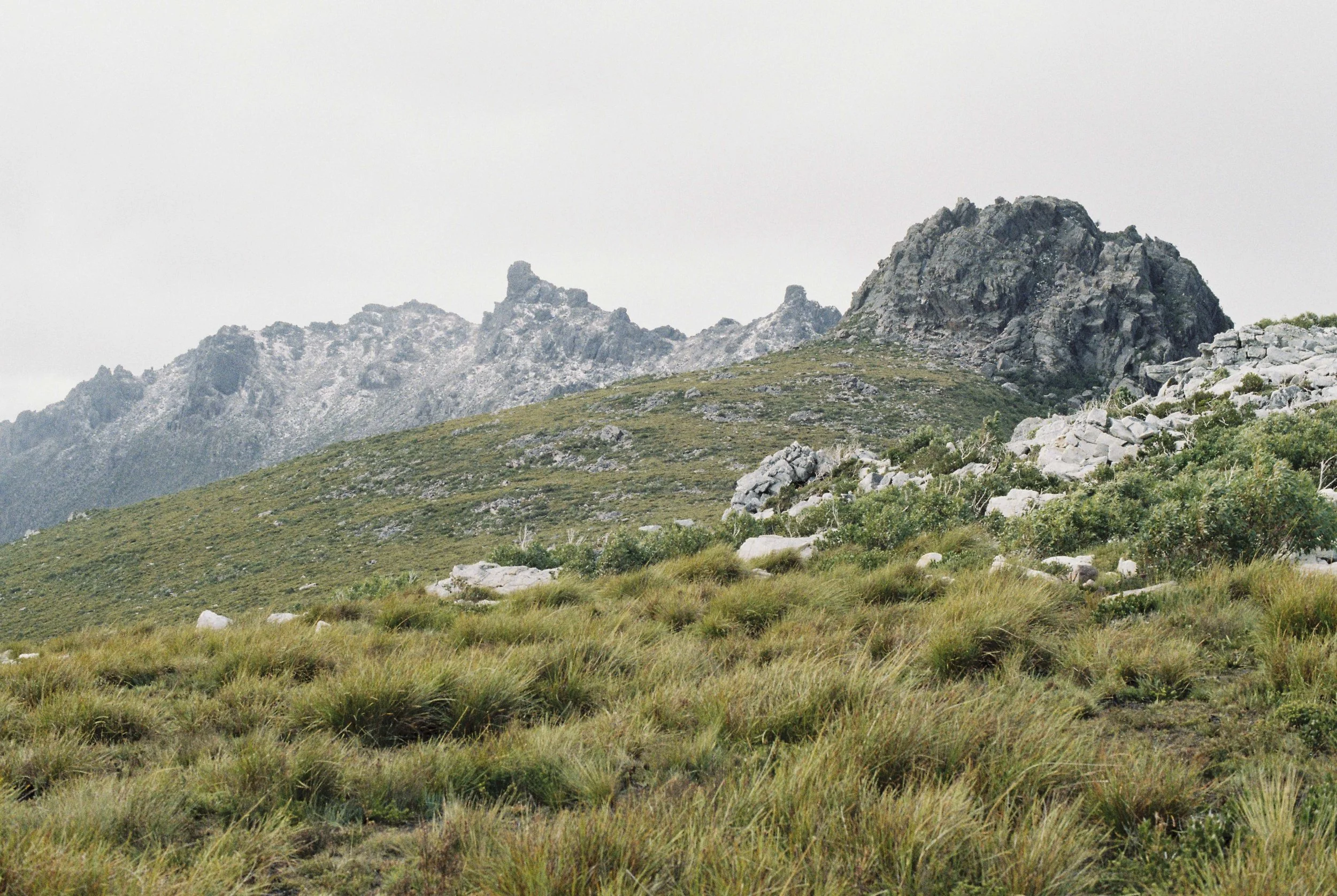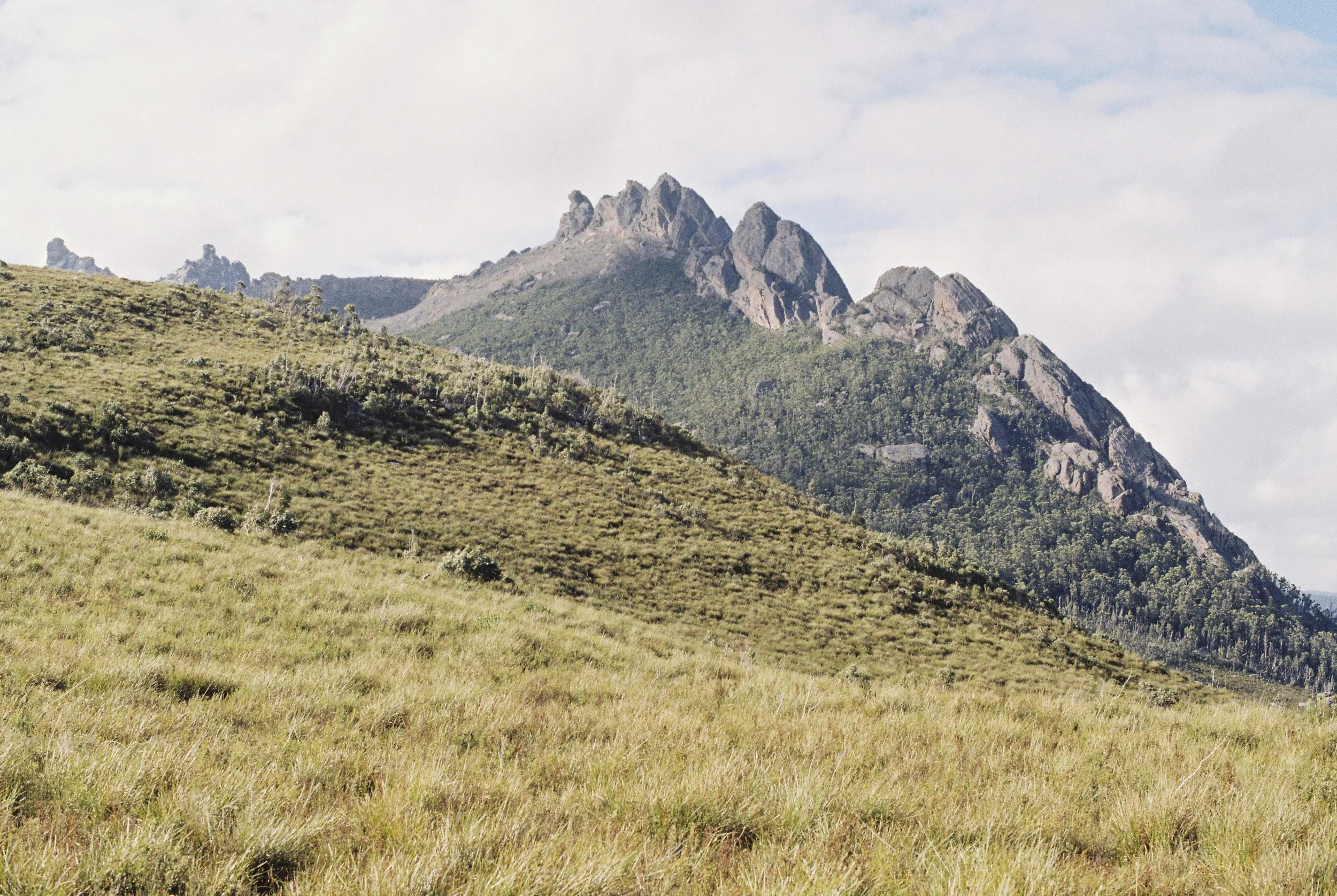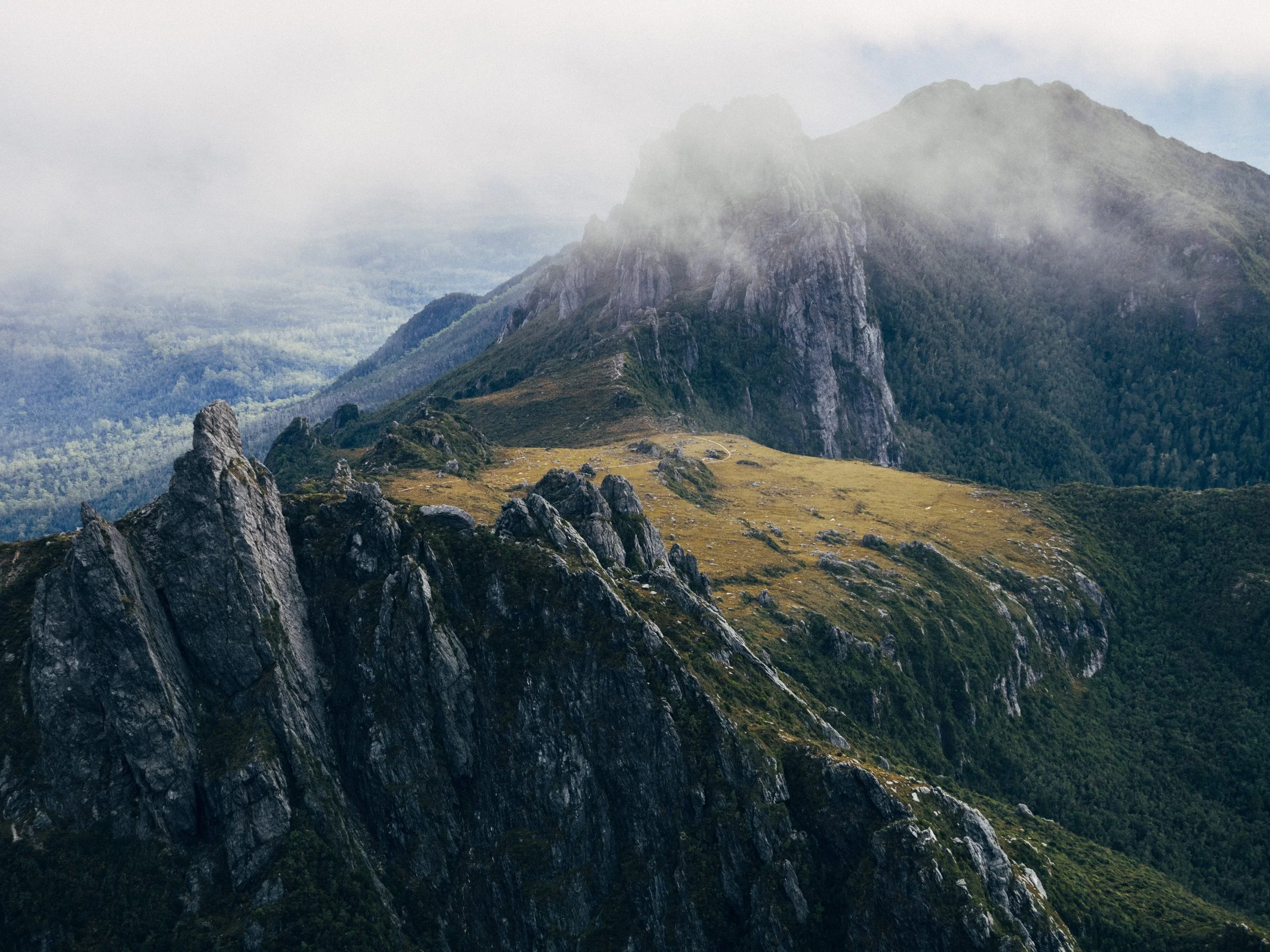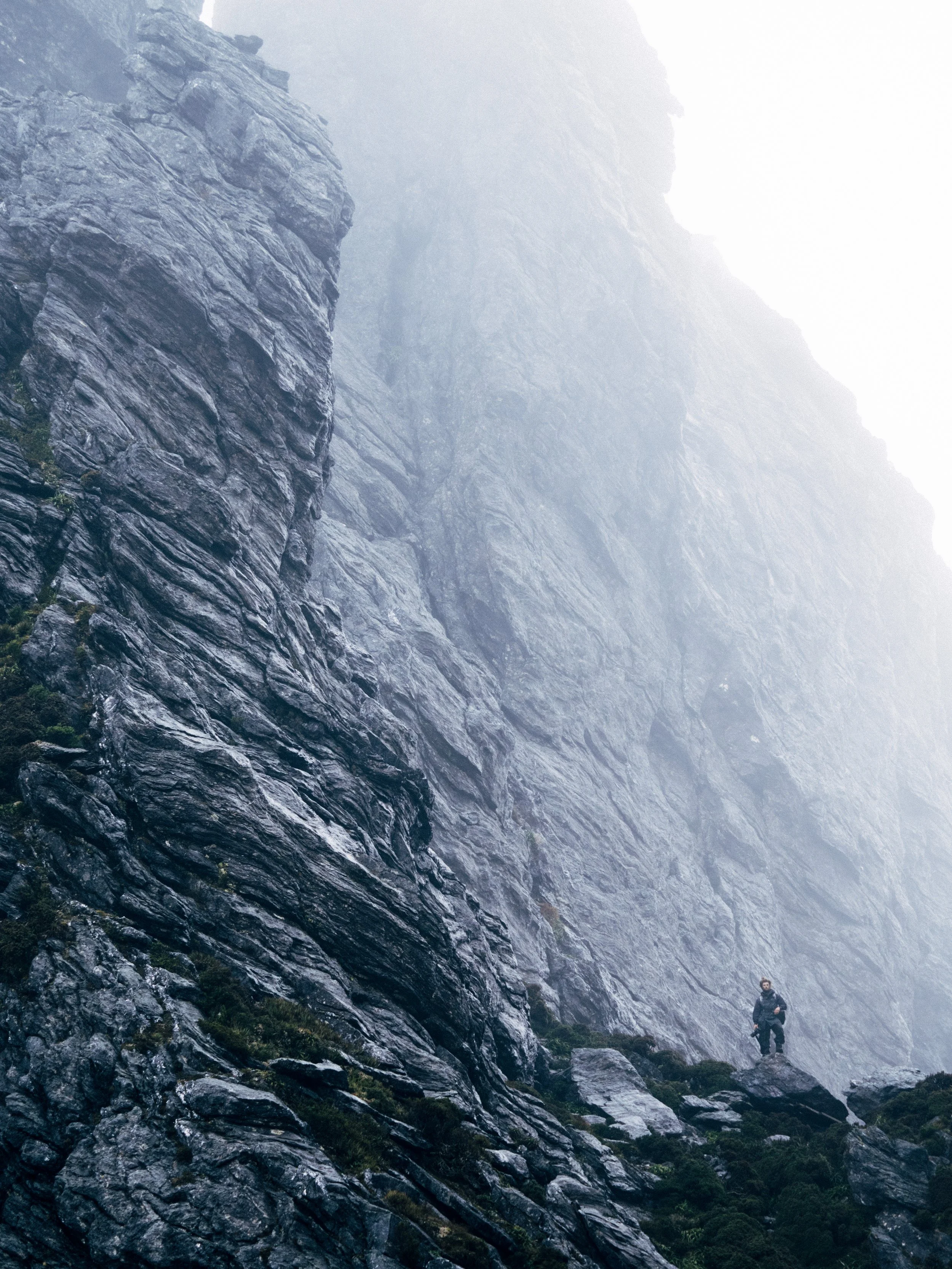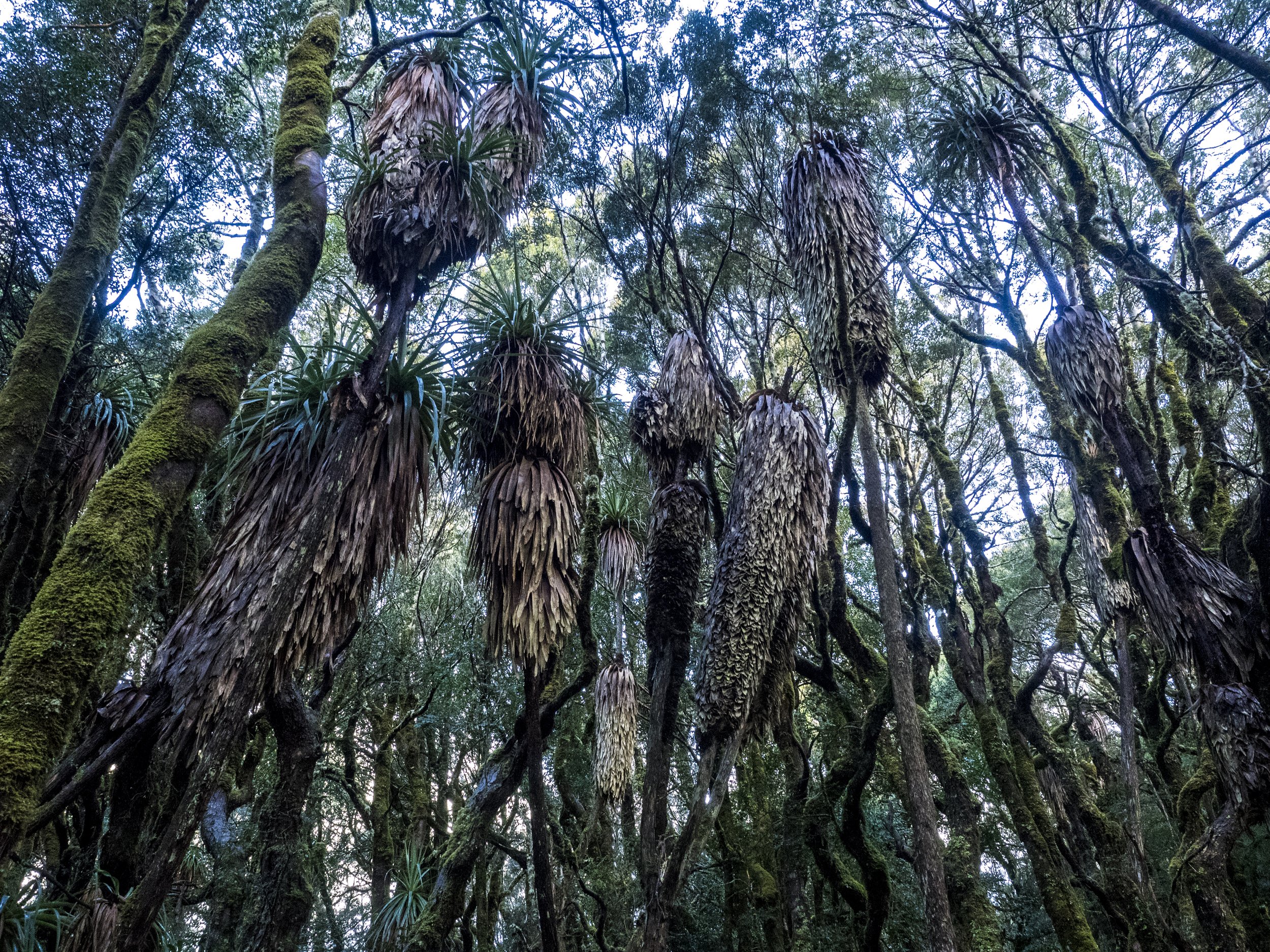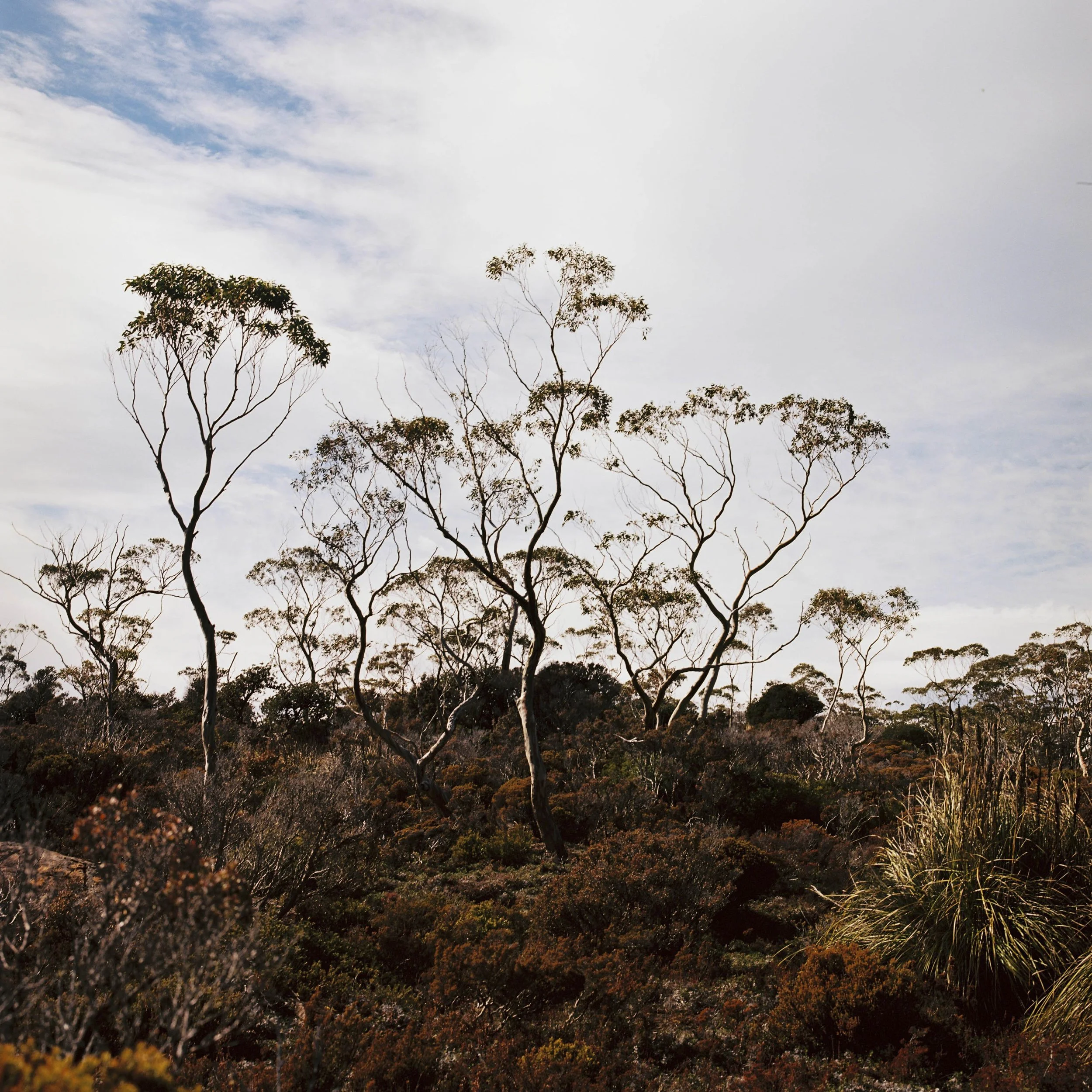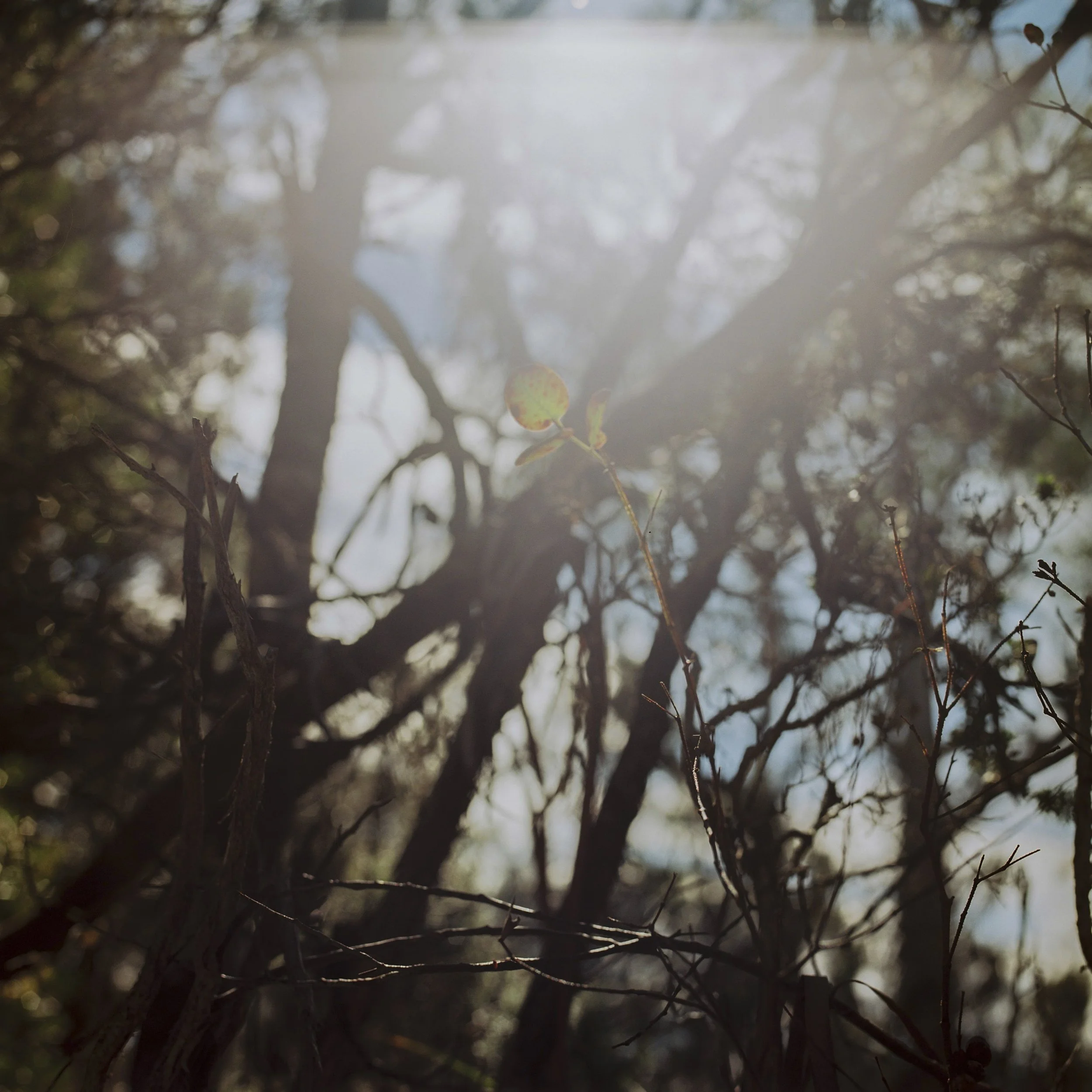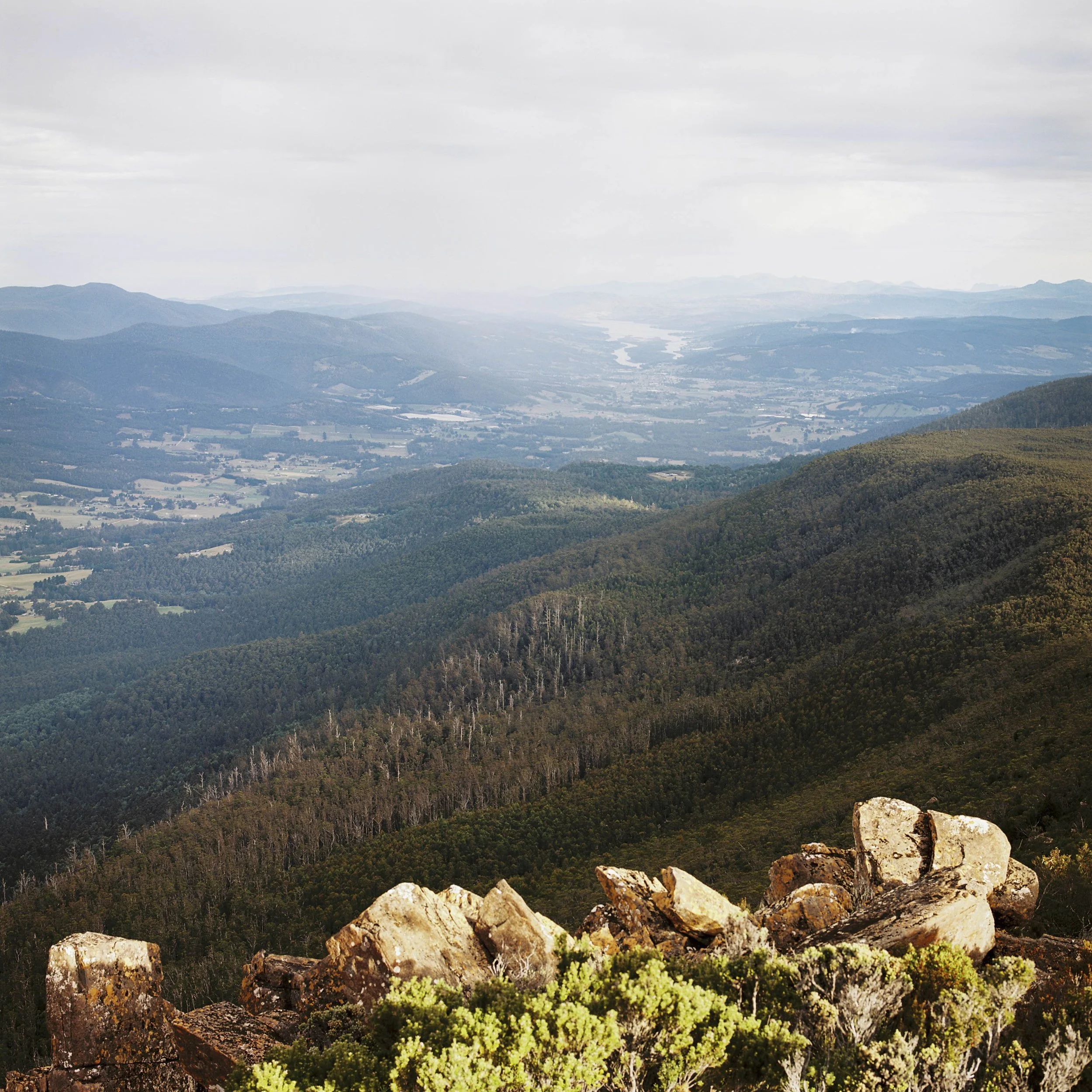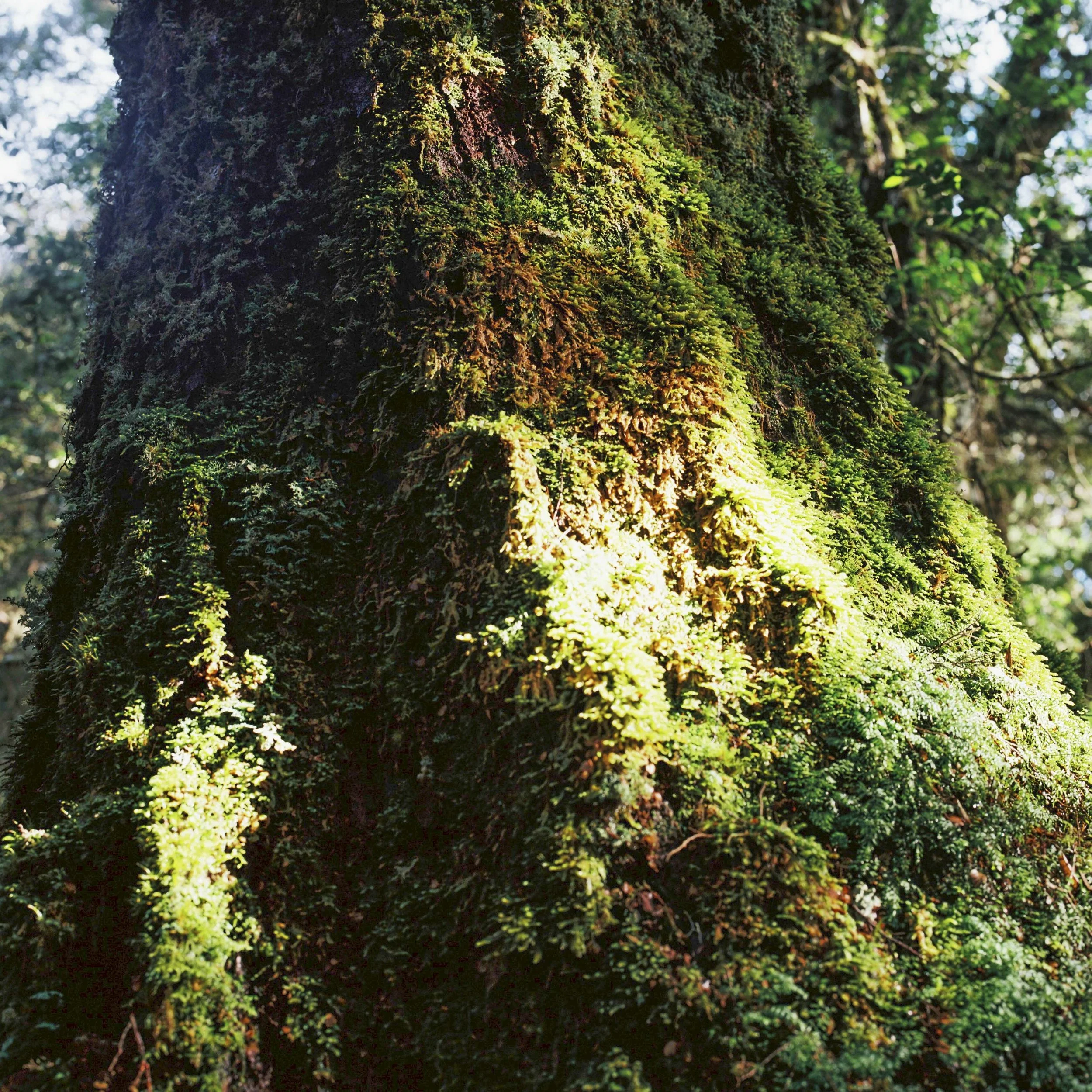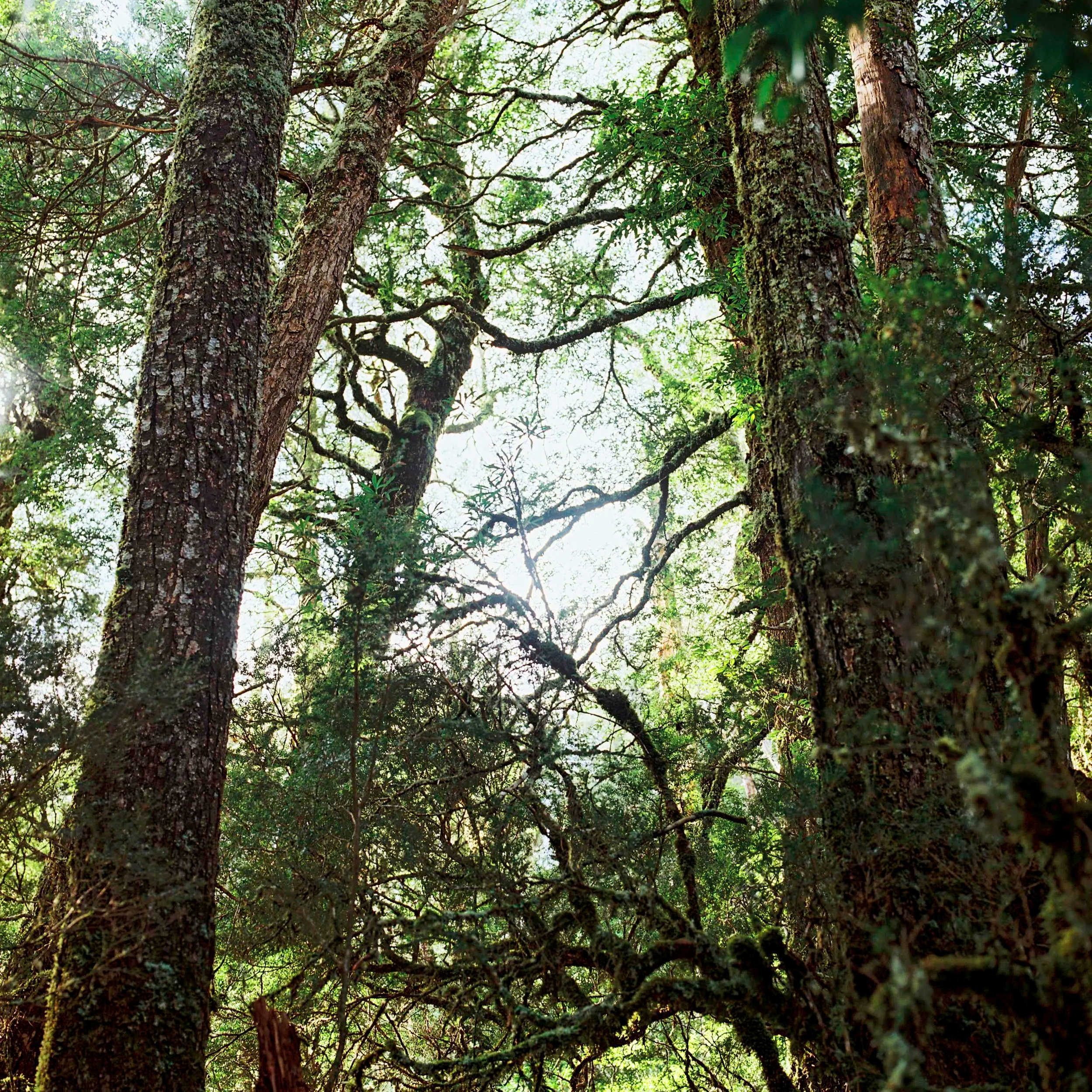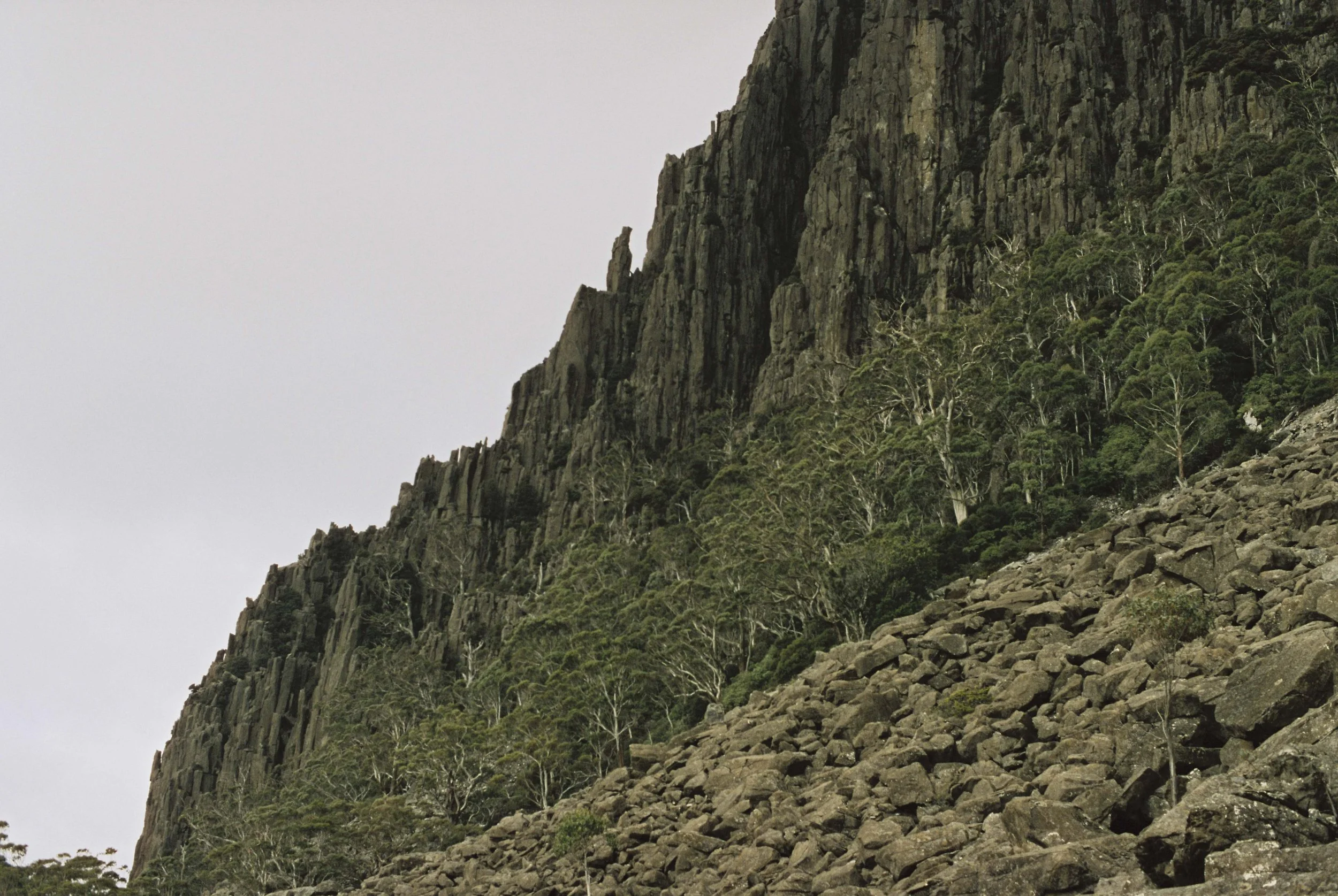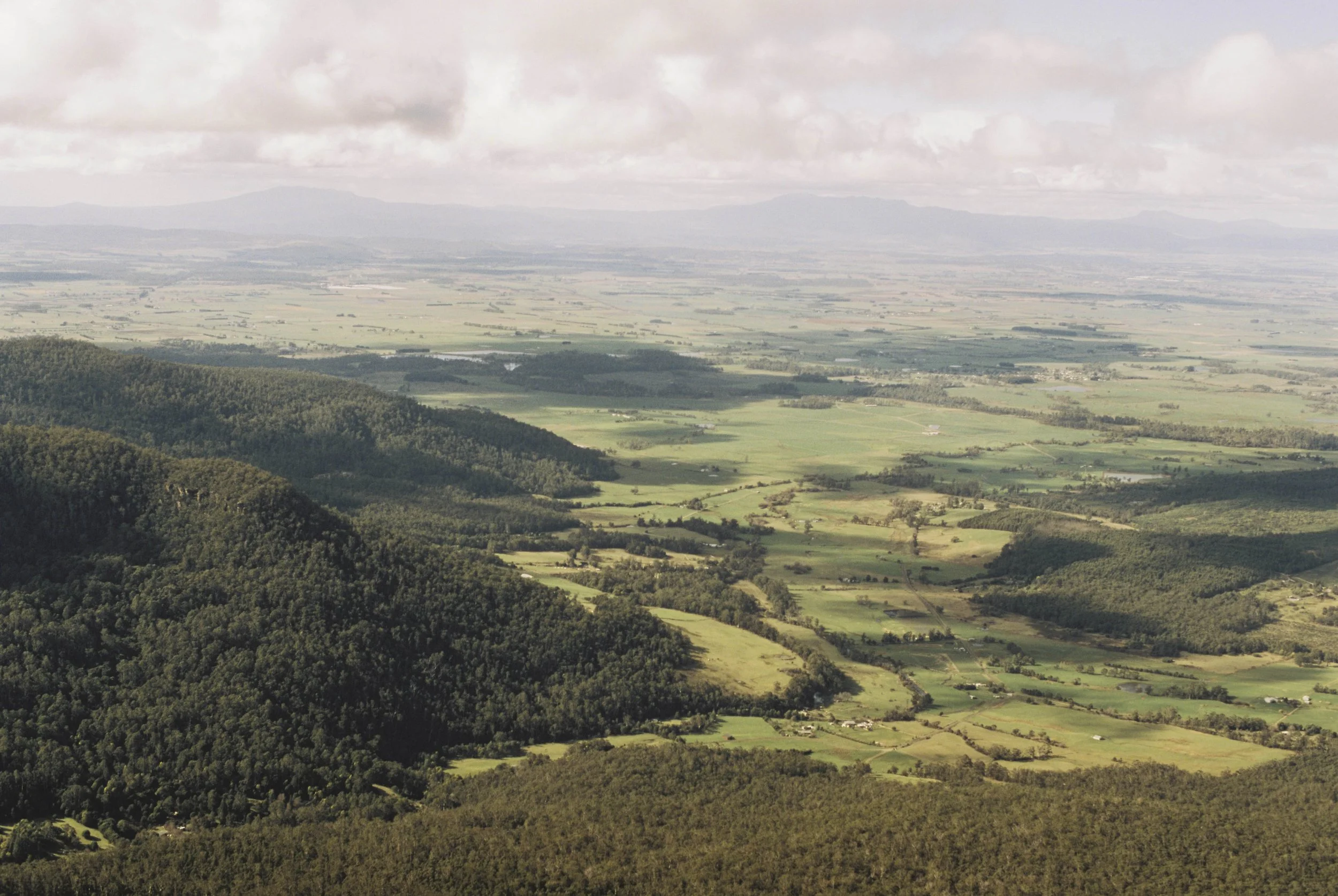There were two rapids of note on the Lower Crossing.
The first one was at a large island about 1.5km below our put in. We saw a horizon line on the main flow and I pulled over on river right. We agreed Gabe would go down first and signal if it was safe to run. He took the left fork in the river and caught an eddy after the first set of rapids. He held his paddle up. I followed nervously. I paddled around a hole and nearly scraped the boat at one point, making me think this line wouldn’t go in lower water. As it was, the line Gabe had picked was a good one, and we continued on together around the island. When we joined up with the main flow we looked back and saw a large river wide pour-over in the main flow, quite likely with a somewhat retentive hole at the base of it. We made the right call going left around the island. That pour-over could probably be portaged if needed on river right. The line we took around the island on river left won’t go in low water.
The second rapid of note was the constriction about 3km before the confluence with the Davey River. Some people might call it a gorge. Rocky walls rose up on both sides of the river, and there was an enormous boulder on river left. Once again, we agreed Gabe would go down first and hold his paddle up if it was safe to go. I caught an eddy and waited. Gabe went down, disappeared out of sight, but eventually I saw his paddle blade in the air. I figured that meant the line was good to go, so I pulled out into the current and headed for the horizon line.
It is a strange sensation, paddling into an unknown rapid in the middle of the South-West. My emotions were a mixture of nervous stress and excitement; but above all: utmost focus! The current sped me up and I headed towards a series of drops. The river was really getting squeezed here!
The line became obvious as I got closer; I mainly just stuck to the middle of the flow. I did have to paddle with some determination to go around some rather large and chunky holes though. At least there was no wood in this section of the river. About halfway down the rapid Gabe pulled out one of the eddies on river right, and continued to lead the way down. We paddled the rest of the rapid together, and Gabe got very excited when we went past an even bigger hole. Later he said that with a more experienced crew he would have loved to boof over that rock. Typical kayaker! I was quite happy not to go anywhere near that giant hole!
Soon, the gorge opened up, and we were through. Chatting later, it turned out that Gabe wasn’t actually signalling to me, he was just sitting in an eddy doing a bow draw or something, assessing the rapid below. Oops. We agreed next time a whistle blow could signal the rapid was good to go if we couldn’t see each other.
The only other obstacle we found was a large tree across the entire river not long before the confluence with the Davey. We just glided over the top but at lower water it may need to be portaged. It looked fresh.
It took us one and a half hours from our put in to the confluence with the Davey River; a distance of about ten kilometres. Three days of walking, one and a half hours of paddling.
Just like that, we were down the Crossing River.
And we still had both our paddles!
-A.S., Sandy Bay, 19/12/2025
